Introduction:-
In recent years, the microfinance sector has emerged as a powerful tool for poverty alleviation and economic empowerment. If you're considering venturing into this domain, it's imperative to understand the legal intricacies surrounding microfinance company incorporation. This article aims to demystify the process, providing valuable insights into the legal aspects involved in establishing a microfinance institution.
Understanding Micro Finance Company Incorporation:-
1.Legal Structure Selection:
Choosing the right legal structure is the cornerstone of microfinance company incorporation. Options include non-banking financial companies (NBFC-MFI), section 8 companies, and societies. Each has its own set of requirements, compliance standards, and regulatory oversight.
2. Regulatory Compliance:
Complying with regulatory guidelines is paramount. For instance, in India, the Reserve Bank of India (RBI) governs NBFC-MFIs. The regulatory framework mandates specific capital adequacy ratios, lending practices, and reporting requirements.
3. Capital Requirement:
Adequate capitalization is crucial for the sustainability and credibility of a microfinance institution. The capital requirement varies based on the legal structure and jurisdiction. It's essential to have a clear understanding of the minimum capital threshold set by the regulatory authority.
4. Documentation and Paperwork:
Incorporation necessitates meticulous preparation of documents, including memorandum and articles of association, business plan, and compliance certificates. Legal experts with expertise in microfinance can facilitate the preparation and submission of these documents.
5. Board of Directors and Governance:
Microfinance institutions are expected to have a competent board of directors that oversees strategic decisions, risk management, and compliance. Ensuring that the board members have the requisite experience and expertise is critical.
6. Compliance with Anti-Money Laundering (AML) Laws:
Microfinance institutions often handle significant amounts of cash, which can make them susceptible to money laundering risks. Implementing robust AML policies and procedures is essential to mitigate these risks and remain compliant with applicable laws.
7. Consumer Protection and Fair Practices:
Upholding consumer rights and fair lending practices is fundamental in the microfinance sector. It is imperative to have transparent interest rate policies, ethical collection practices, and mechanisms for grievance redressal.
8. Credit Bureau Reporting:
Reporting borrower information to credit bureaus enhances the transparency and accountability of microfinance operations. Compliance with credit reporting requirements ensures accurate credit histories for borrowers.
Conclusion:-
Navigating the legal landscape of microfinance company incorporation requires a comprehensive understanding of regulatory frameworks, compliance standards, and industry best practices. Engaging legal experts with expertise in microfinance can streamline the process and help ensure compliance with all applicable laws and regulations.
In summary, the establishment of a microfinance institution is a multifaceted endeavor that demands meticulous planning, adherence to legal formalities, and a commitment to ethical practices. By obtaining a firm grasp of the legal aspects outlined in this article, you can embark on the journey of creating a microfinance institution that not only thrives in the market but also contributes meaningfully to financial inclusion and poverty reduction.

 +91 9828123489
+91 9828123489 +91 9828123489
+91 9828123489 help@vakilkaro.co.in
help@vakilkaro.co.in










.png)
.png)

.png)
.png)
.png)





.png)

.png)
.png)




.jpg)
.png)


.png)
.png)

.png)
.png)
.png)
.png)




.png)
.png)
.png)













.png)



.jpg)
.jpg)
.jpg)
.jpg)
.jpg)
.jpg)
.jpg)
.jpg)
.jpg)
.jpg)
.jpg)
.jpg)
.jpg)
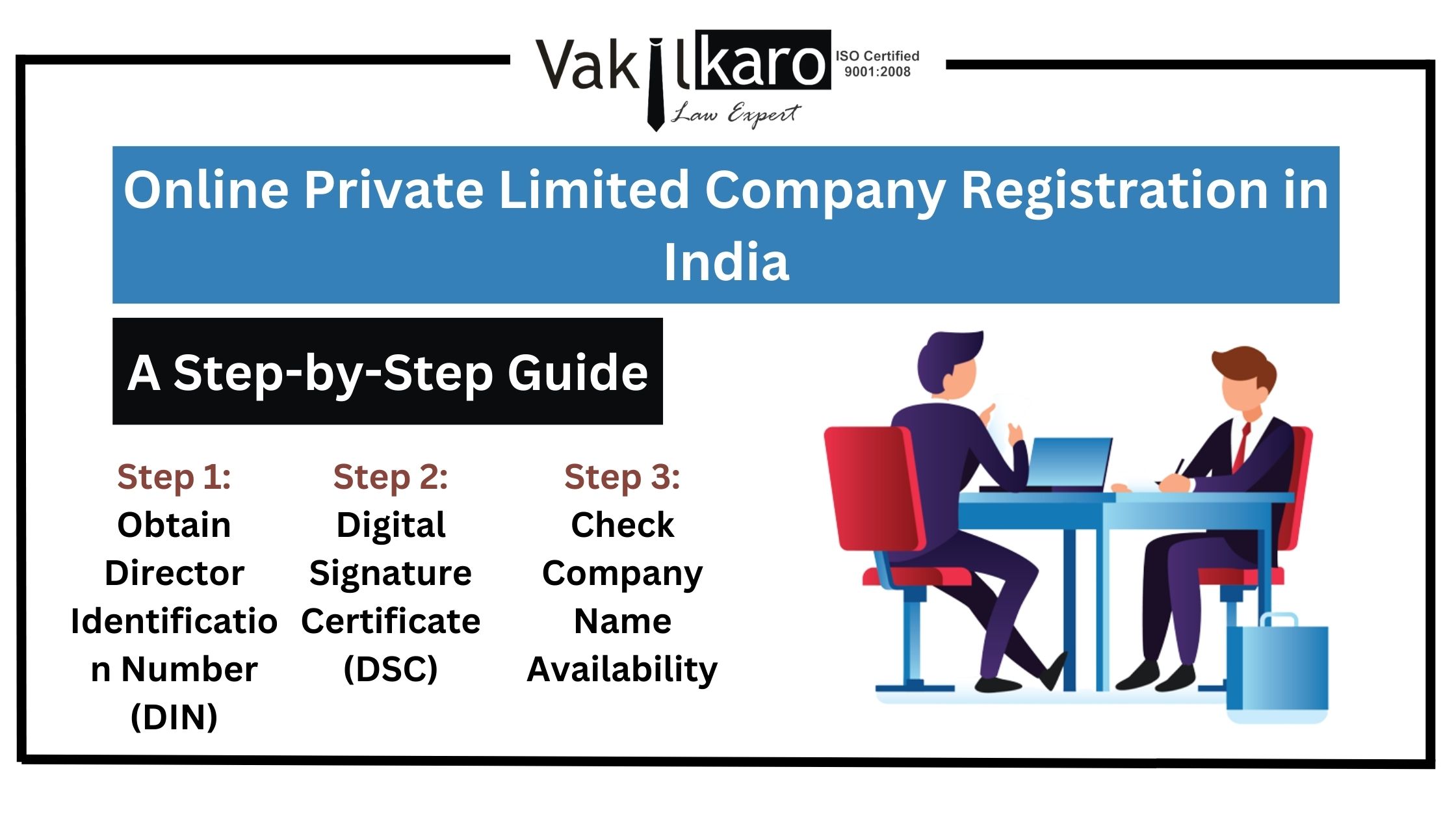
.jpg)
.jpg)

.jpg)
.jpg)

.jpg)

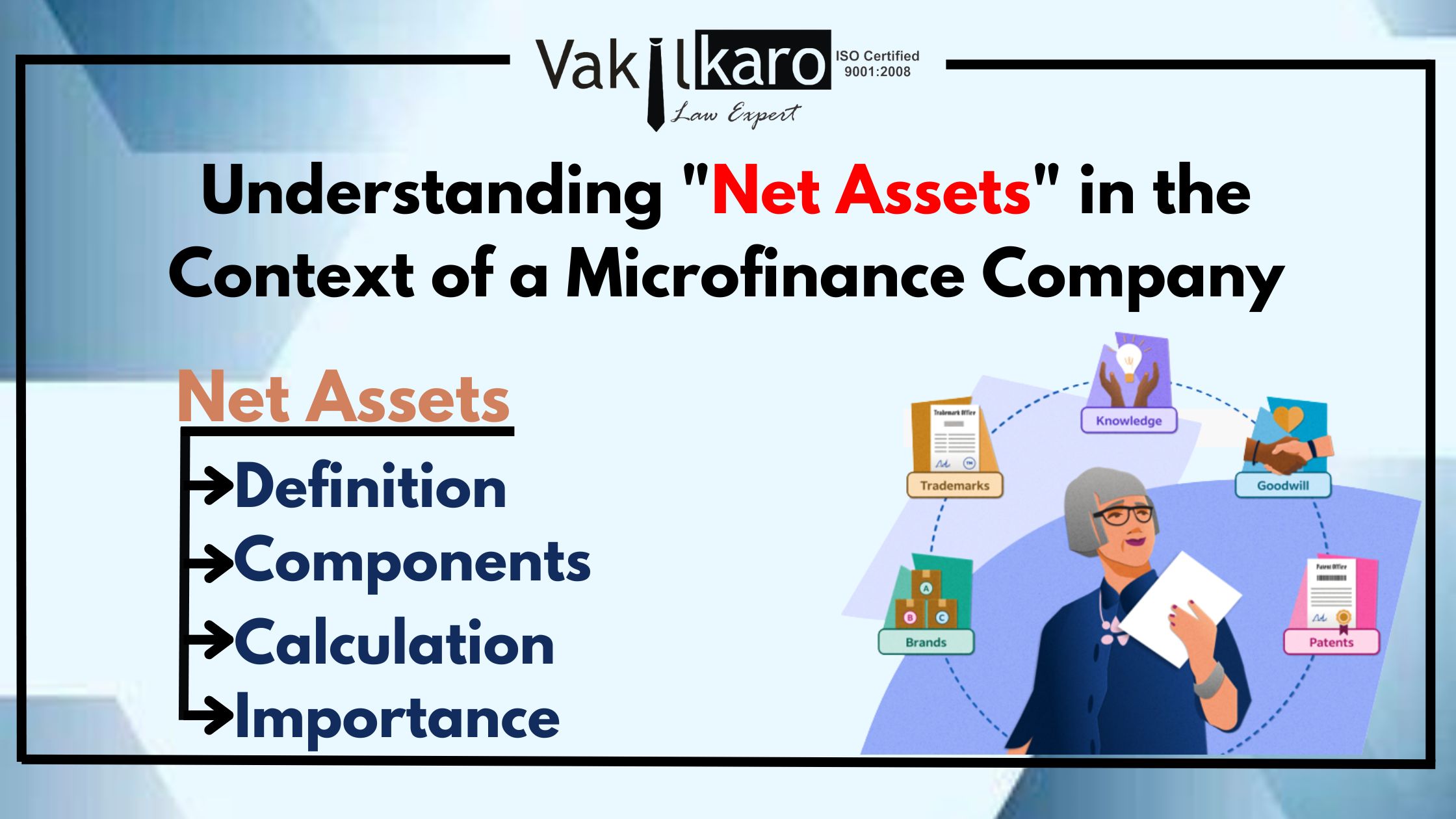

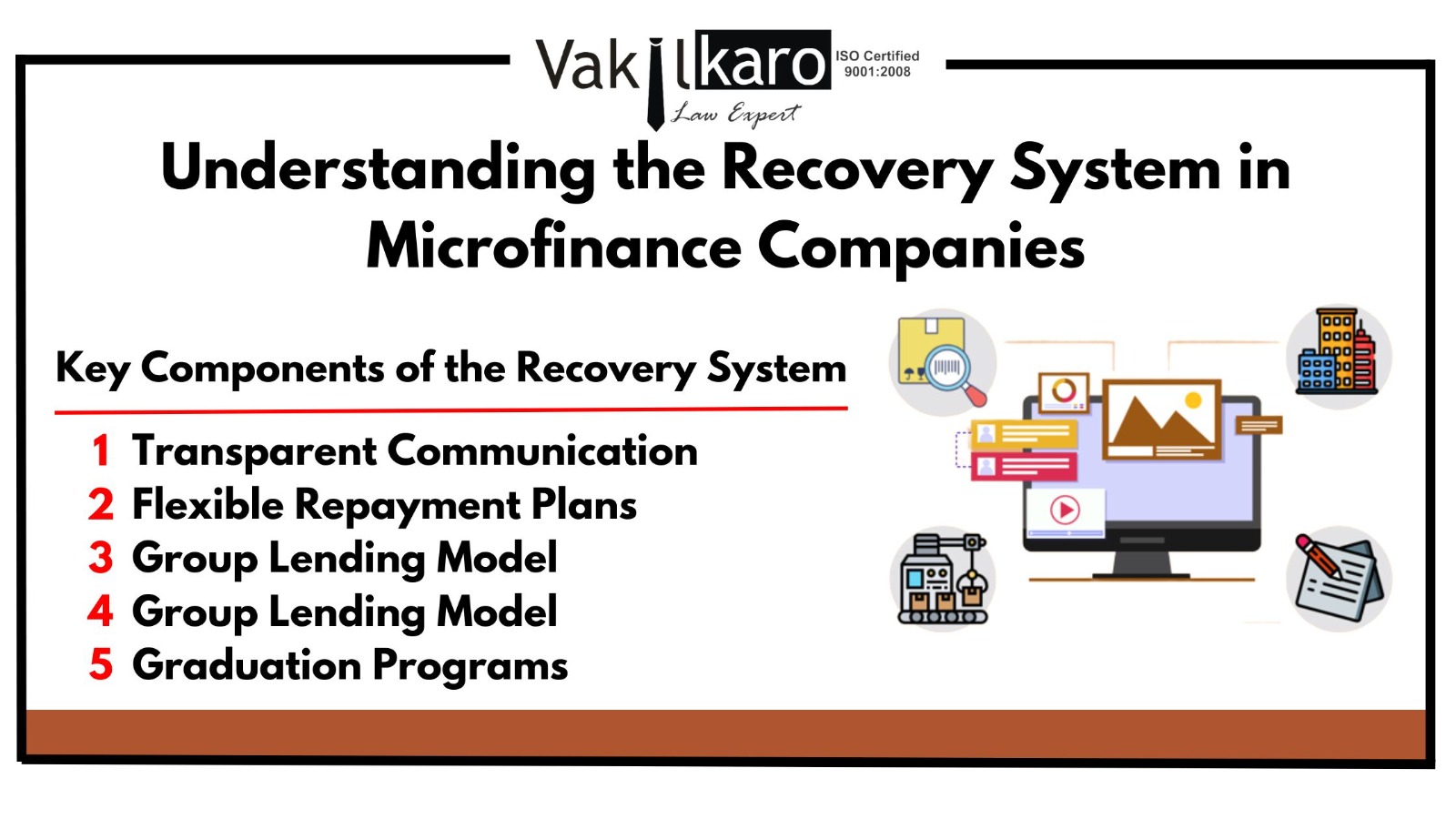

.jpg)



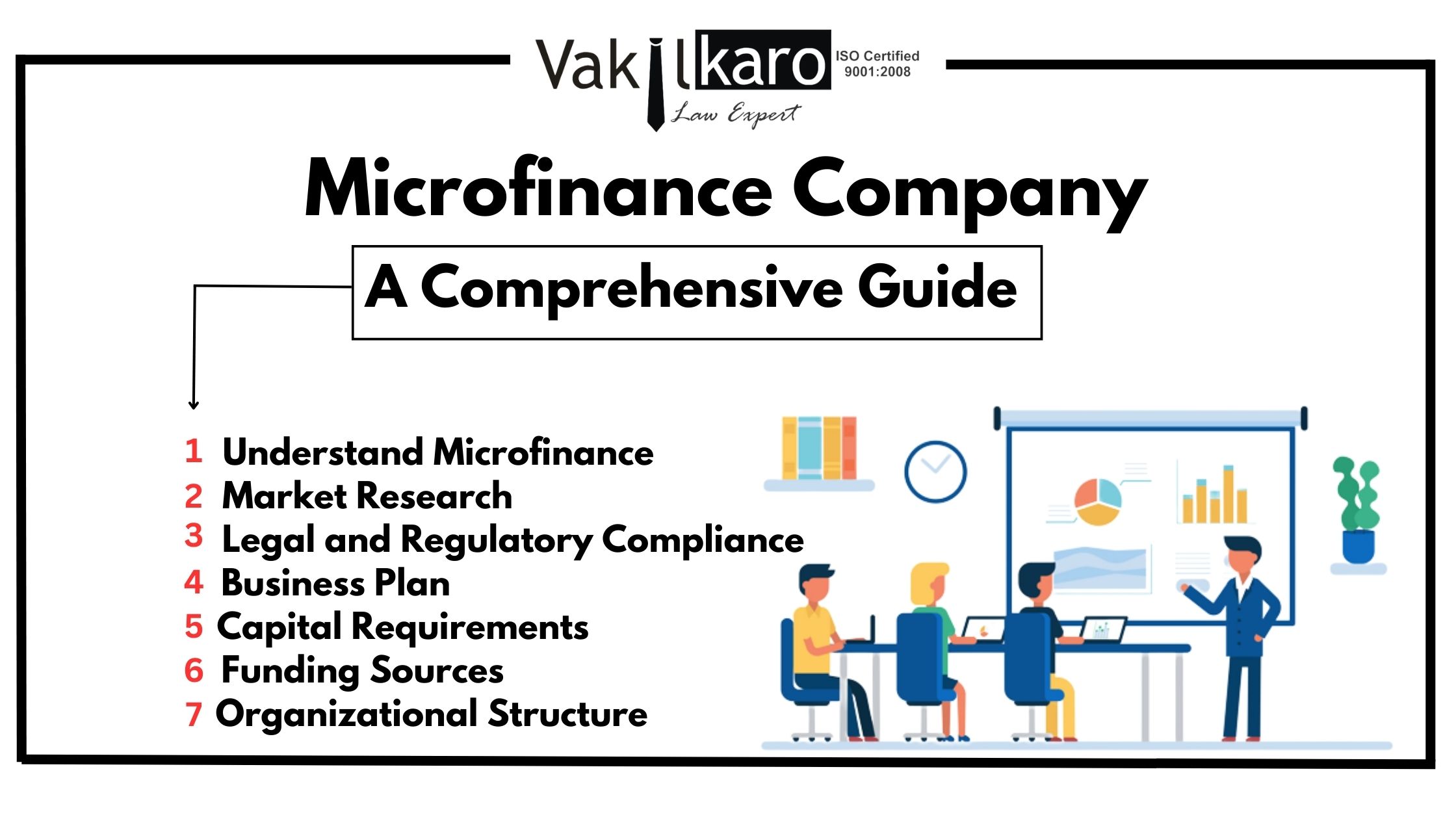
.jpg)



.jpg)
-registered-ngo-making-a-difference-(3).jpg)


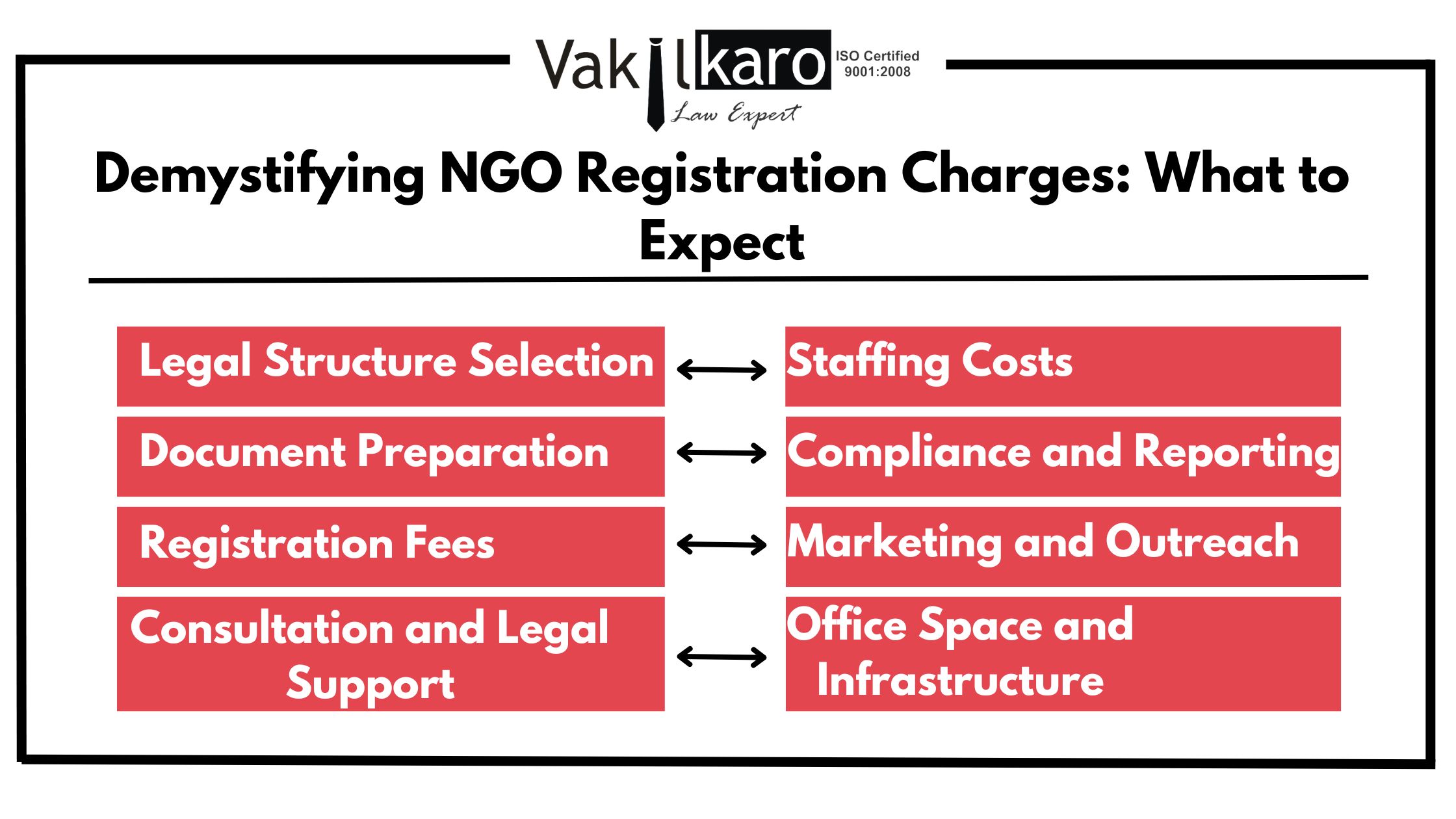

.jpg)

-1-registration-for-ngo.jpg)
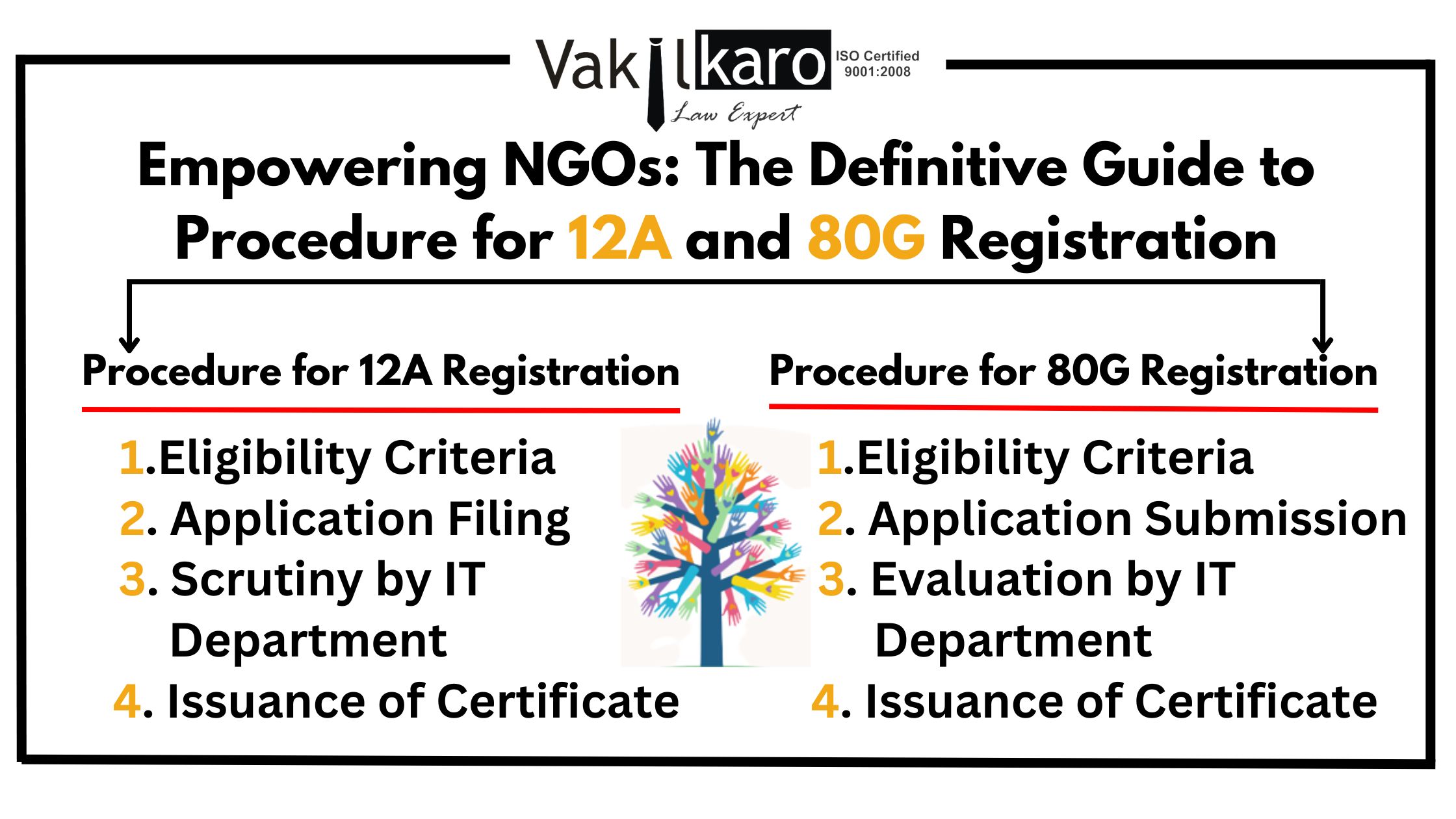
.jpg)



.jpg)




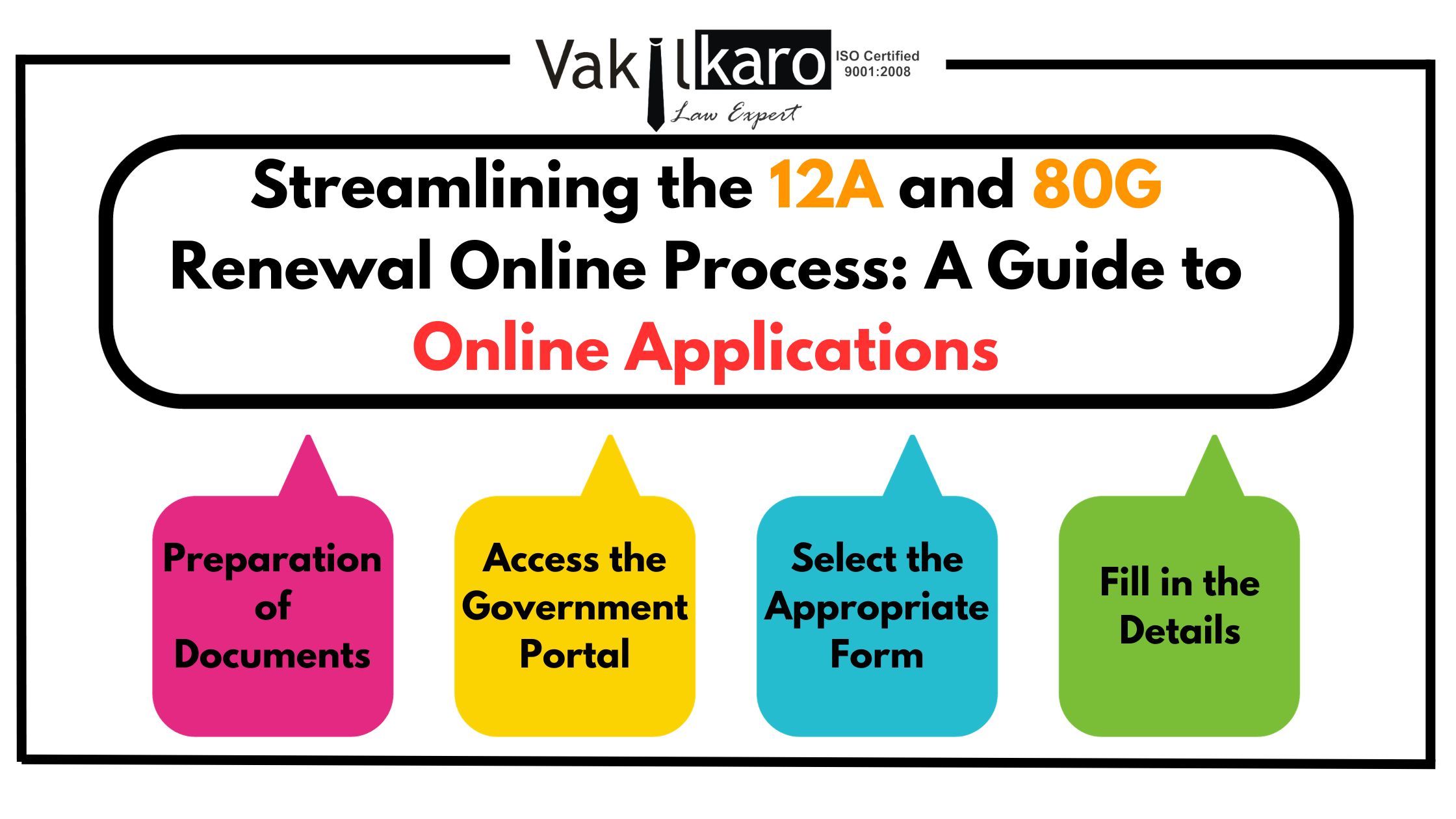
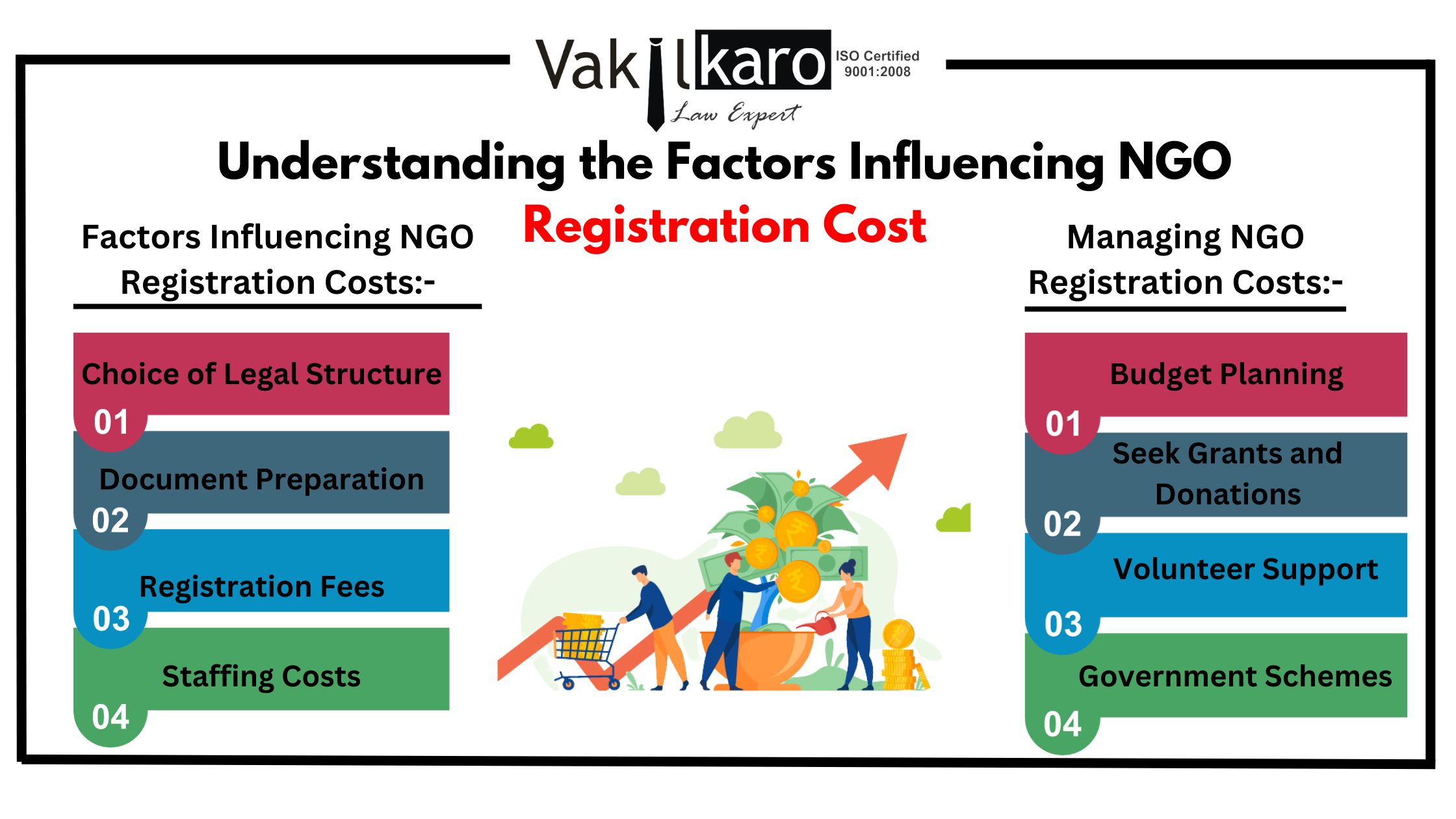
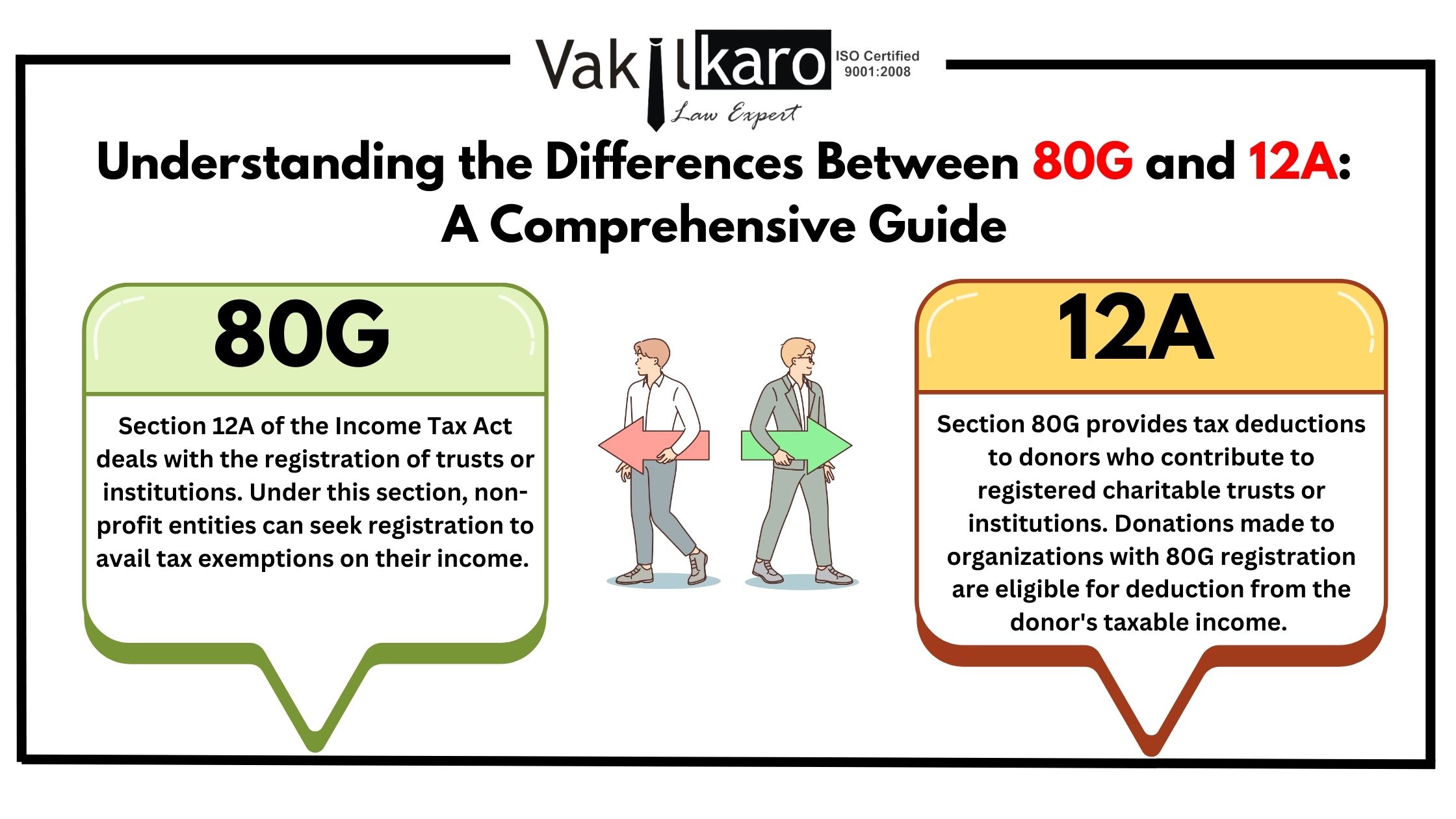
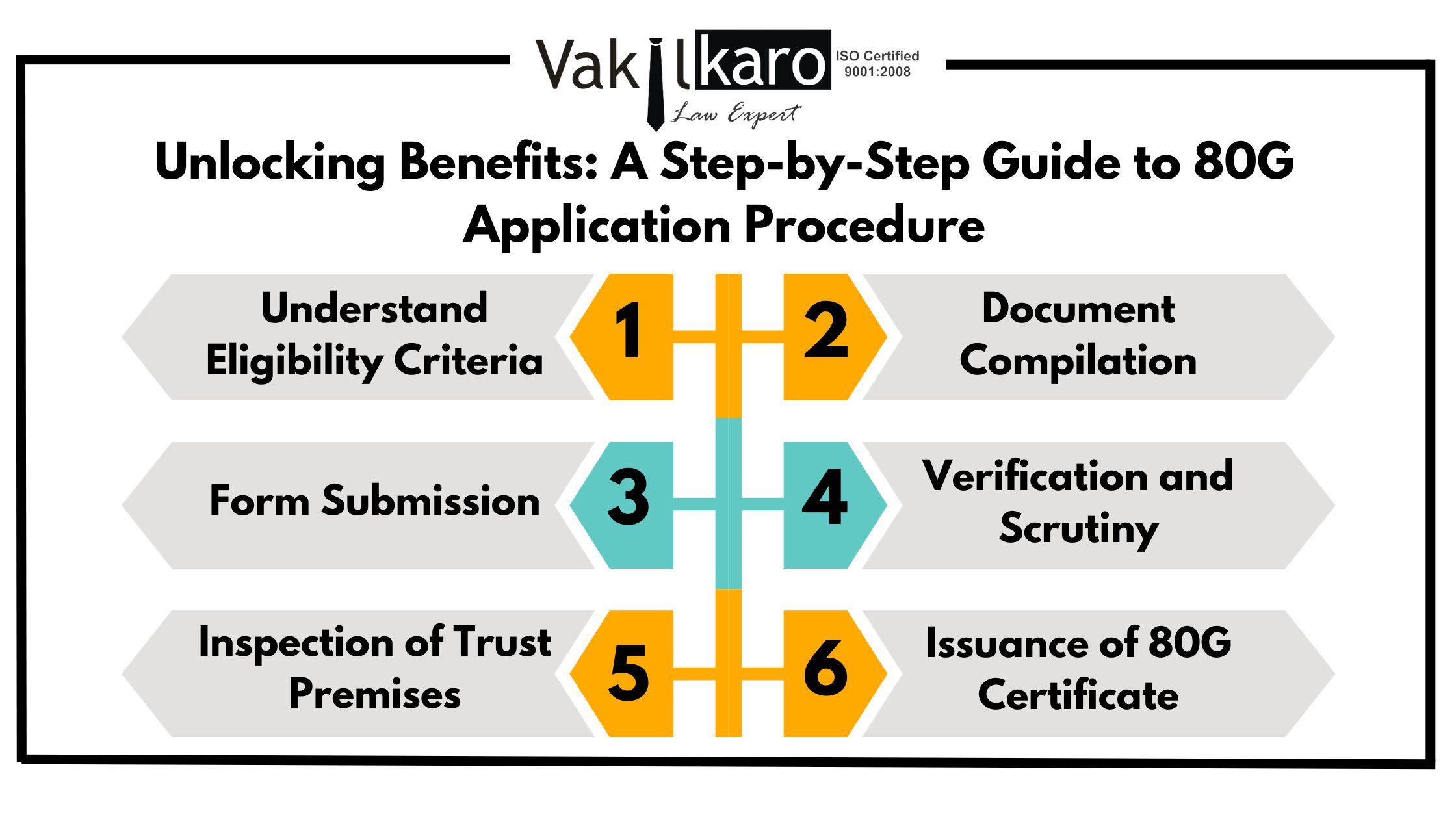
.jpg)

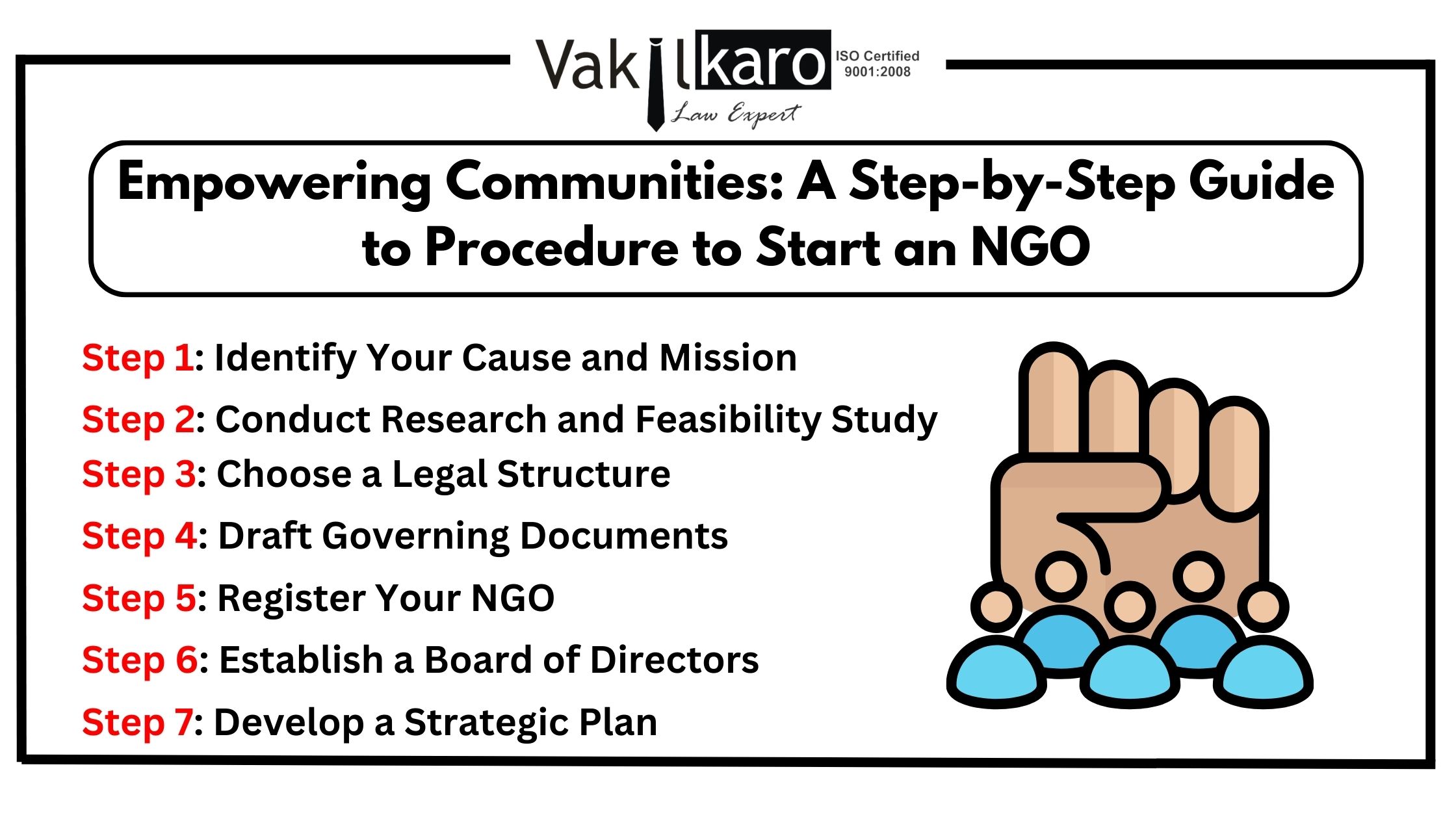




.jpg)
.jpg)
.jpg)


-your-roadmap-to-company-formation-(4).jpg)



.jpg)


.jpg)

.jpg)


.jpg)

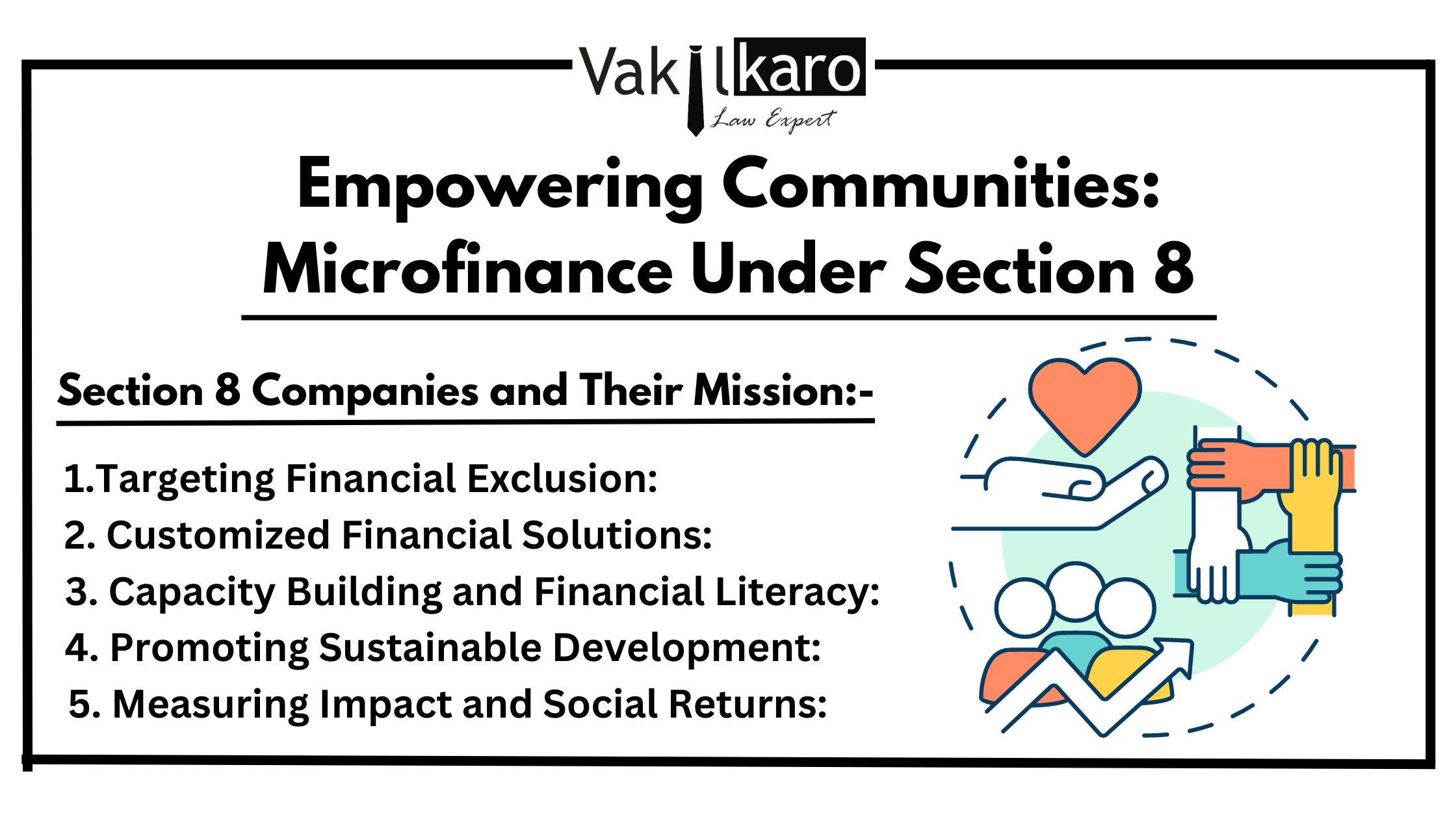





.jpg)

.jpg)
.jpg)
.jpg)


.jpg)

.jpg)
.jpg)


.jpg)


.jpg)


.jpg)

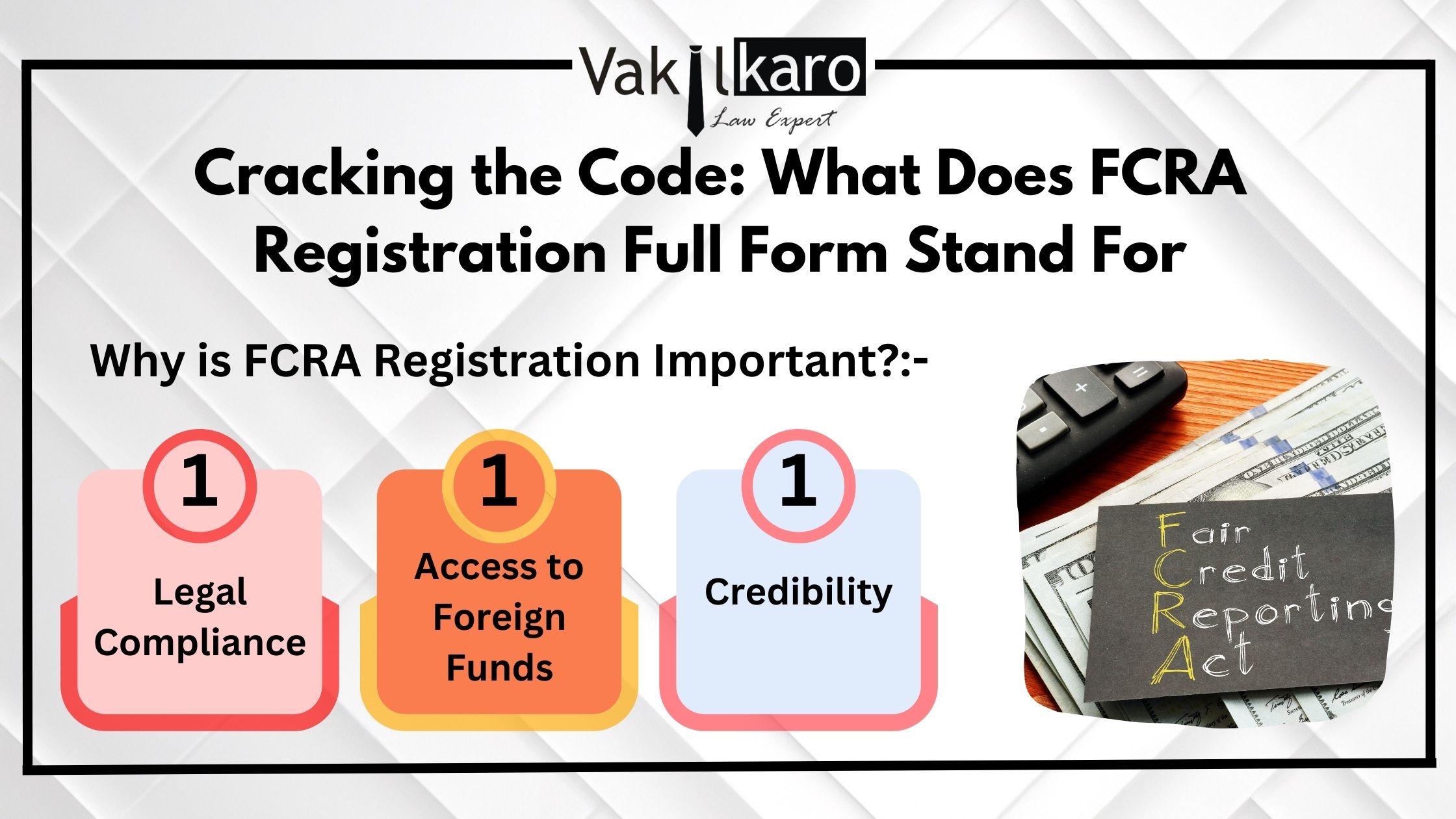



.jpg)


.jpg)
.jpg)
.jpg)
.jpg)







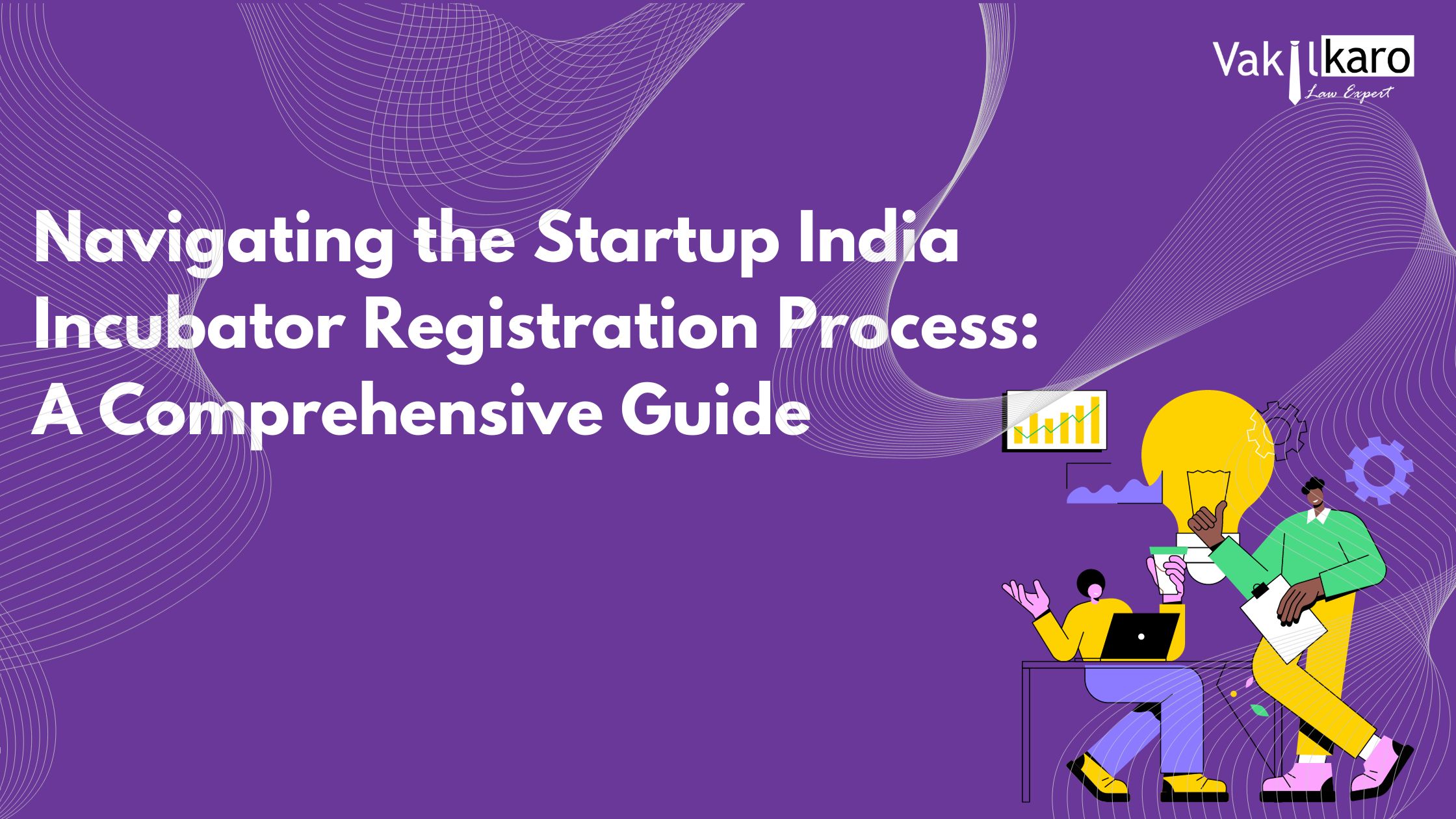


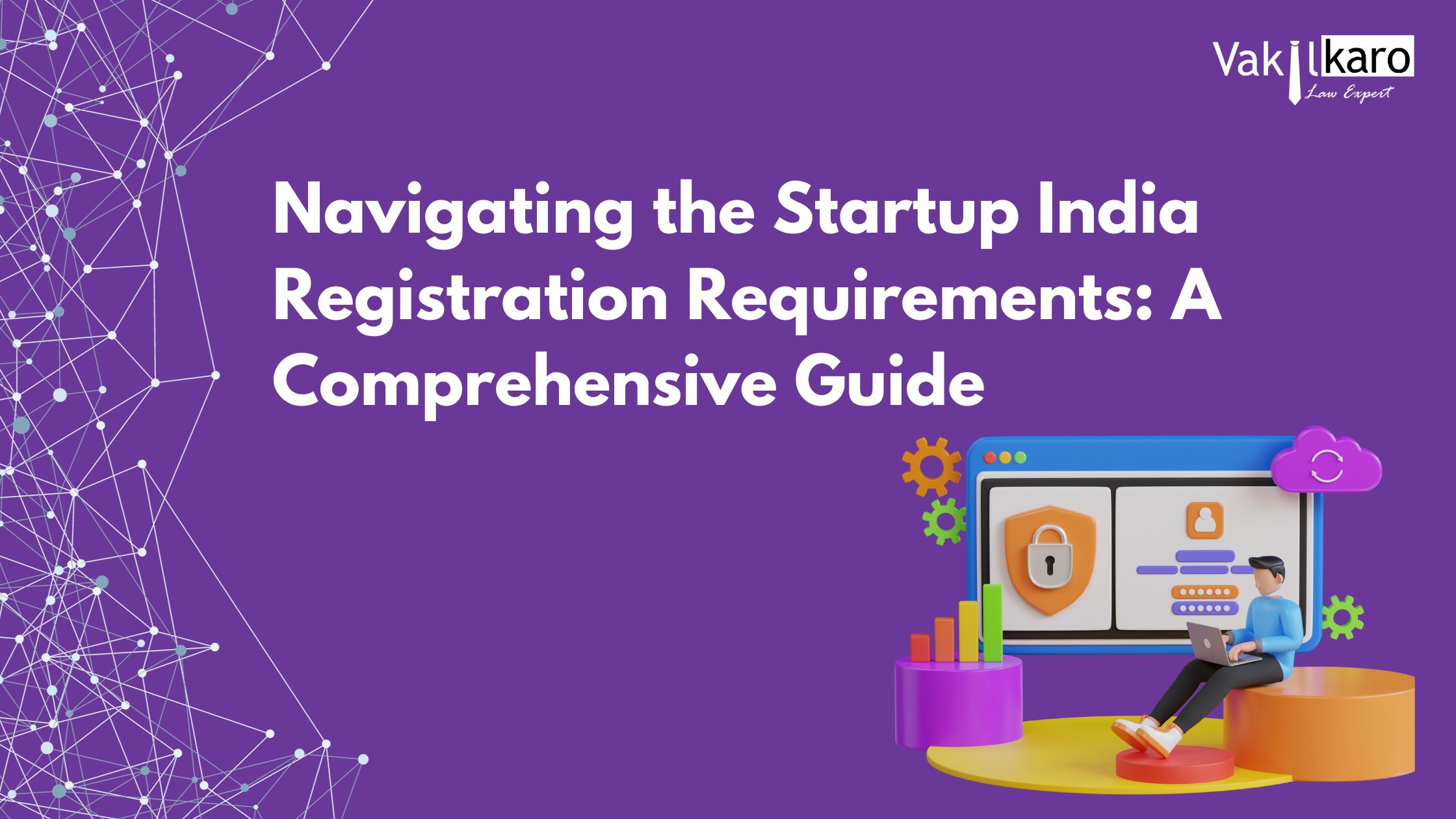
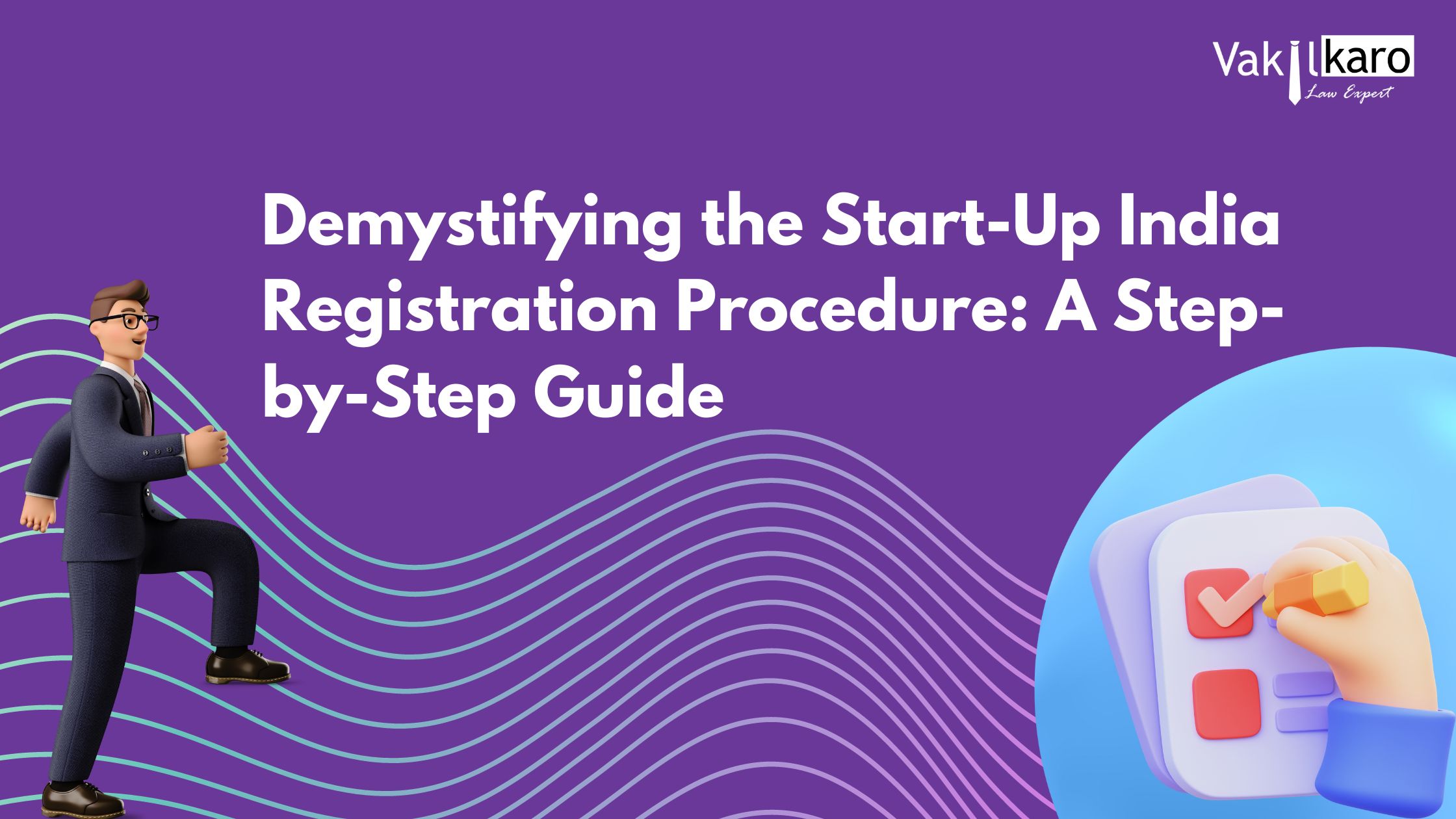






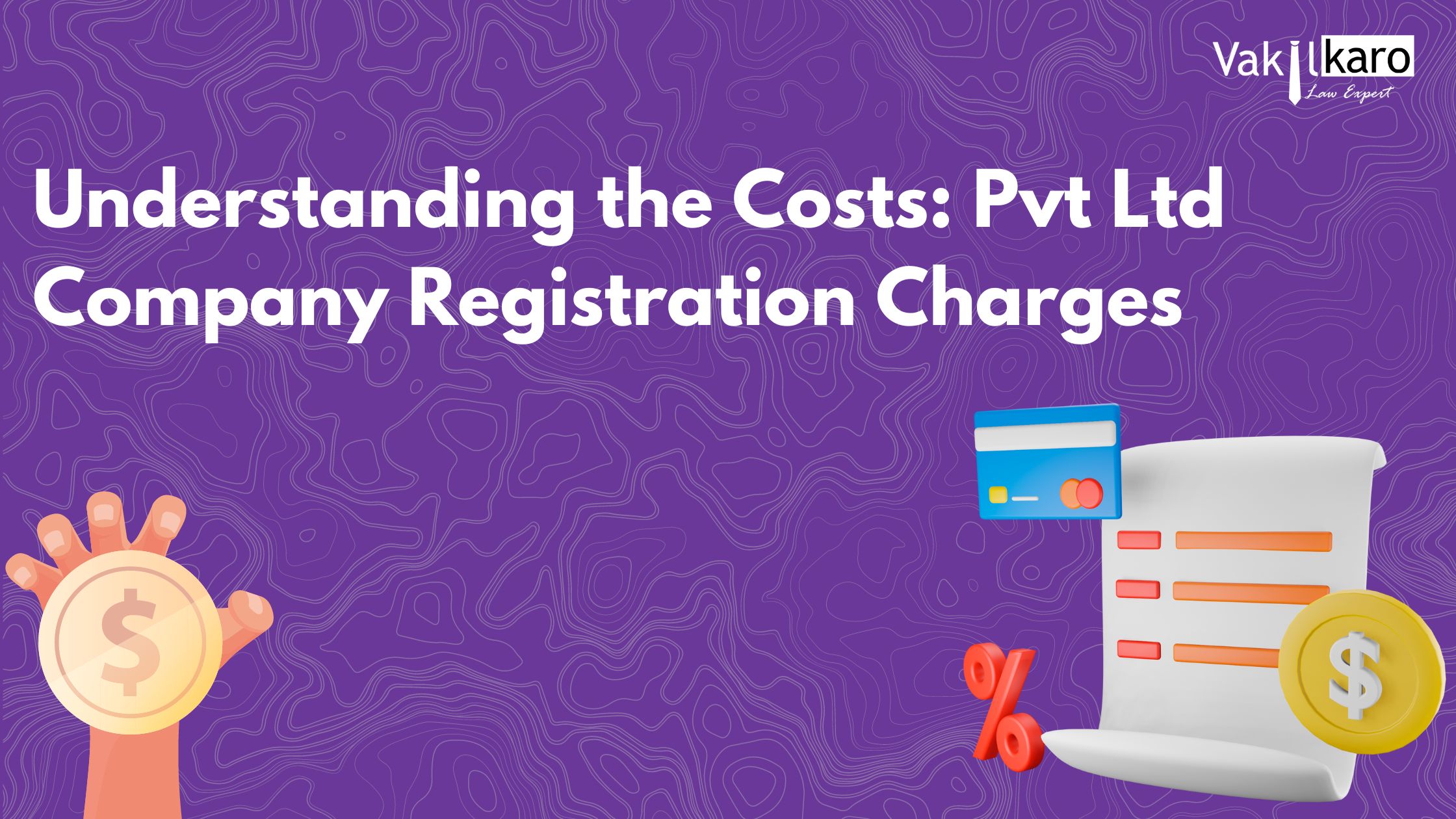



.jpg)










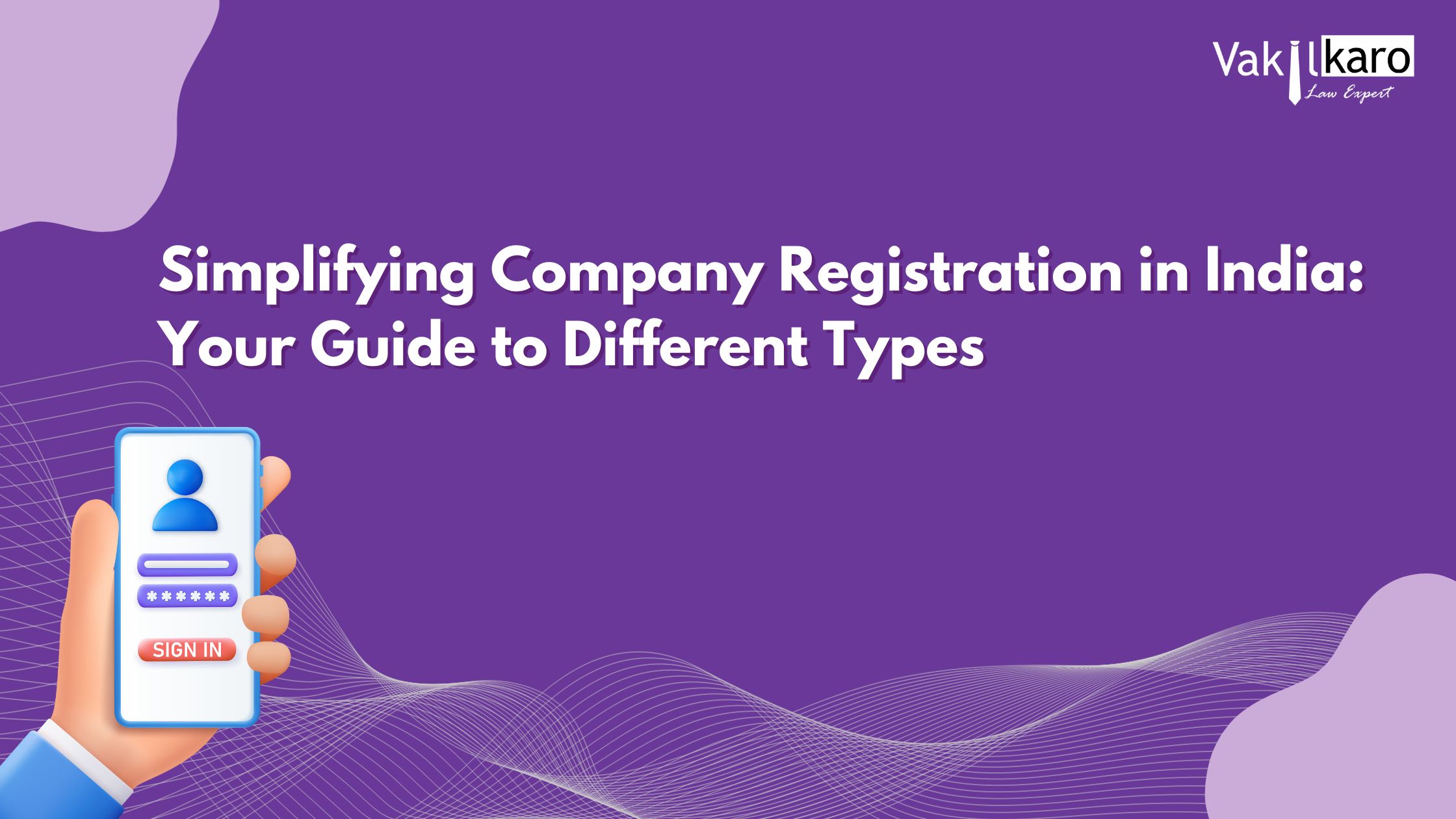




.jpg)



.jpg)



.jpg)





.jpg)
.jpg)

.jpg)
.jpg)
.jpg)

-safeguarding-your-secrets.jpg)

.jpg)
.jpg)
.jpg)
.jpg)
.jpg)
.jpg)
.jpg)
.jpg)
.jpg)










.jpg)



.jpg)














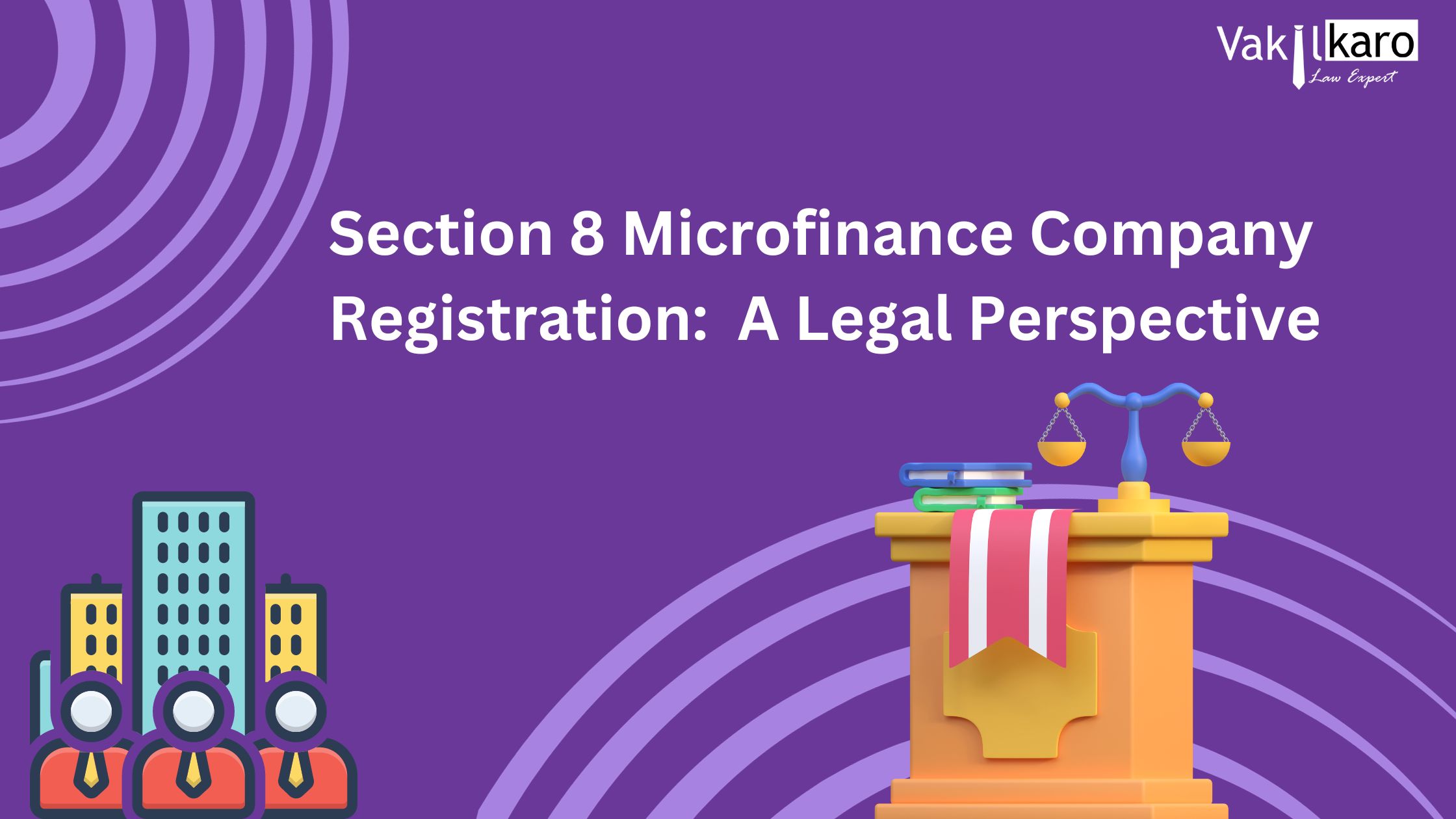




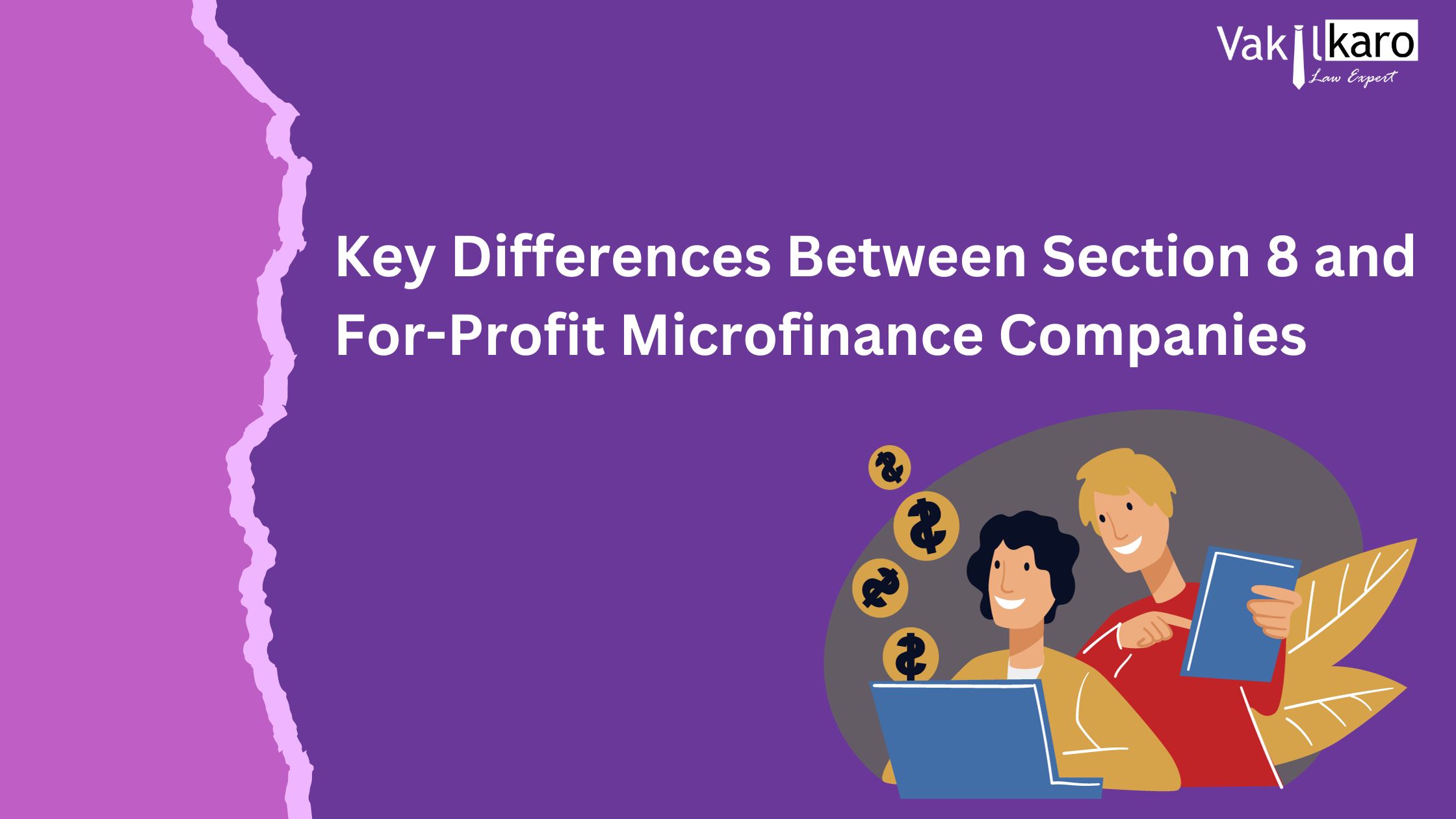
























.jpg)








.jpg)


.jpg)
.jpg)
.jpg)









.jpg)
.jpg)

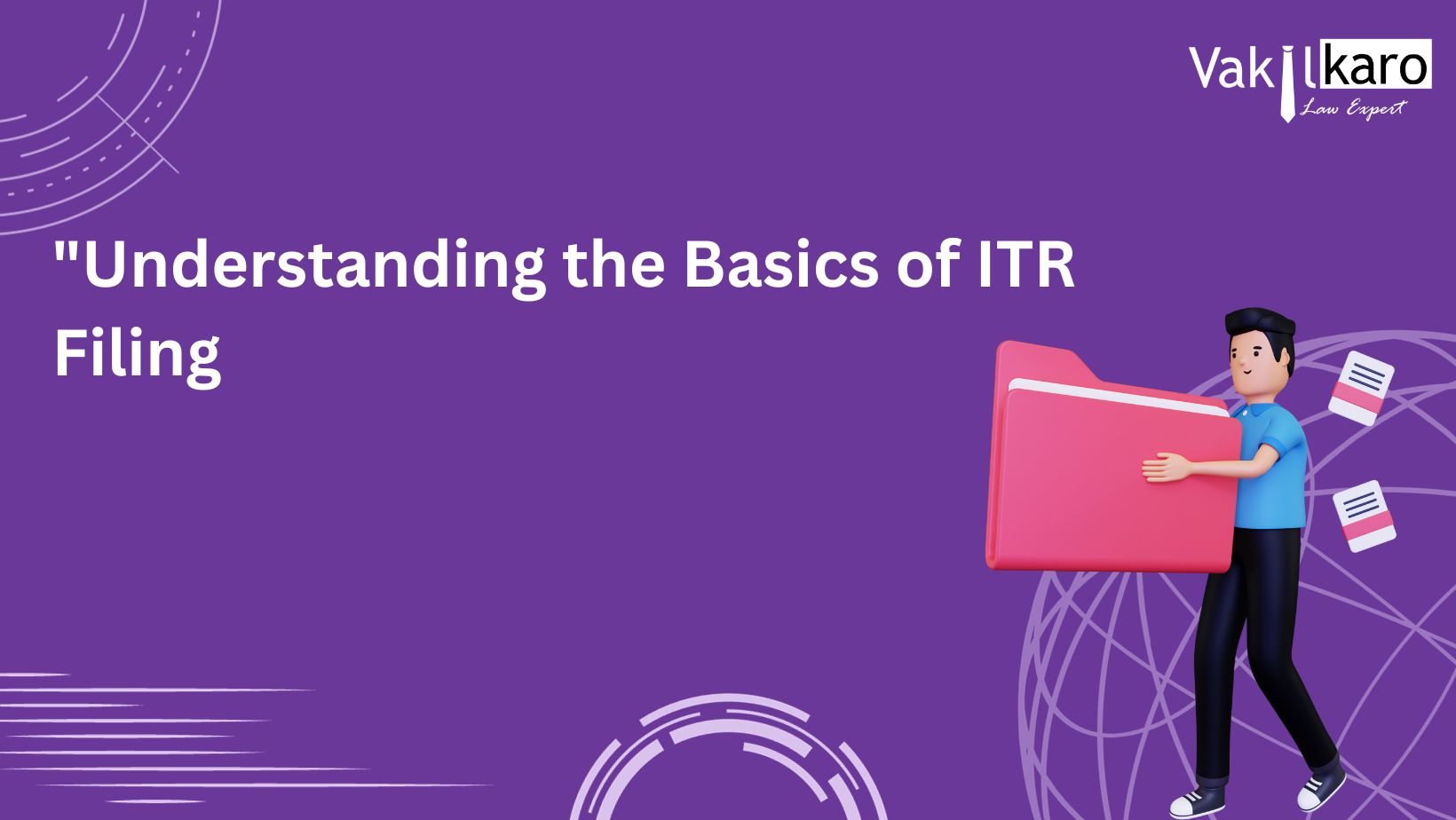


.jpg)
.jpg)
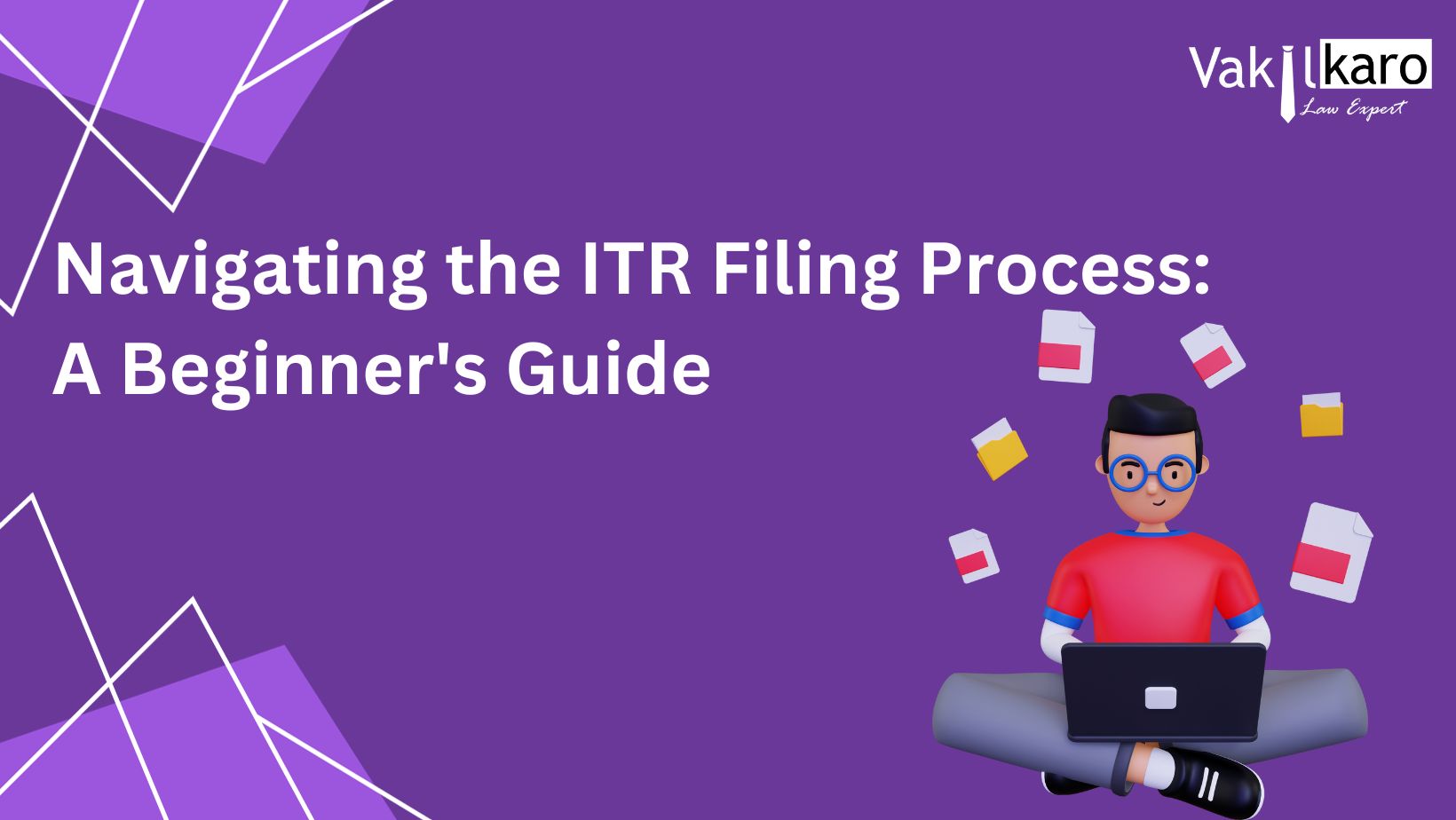








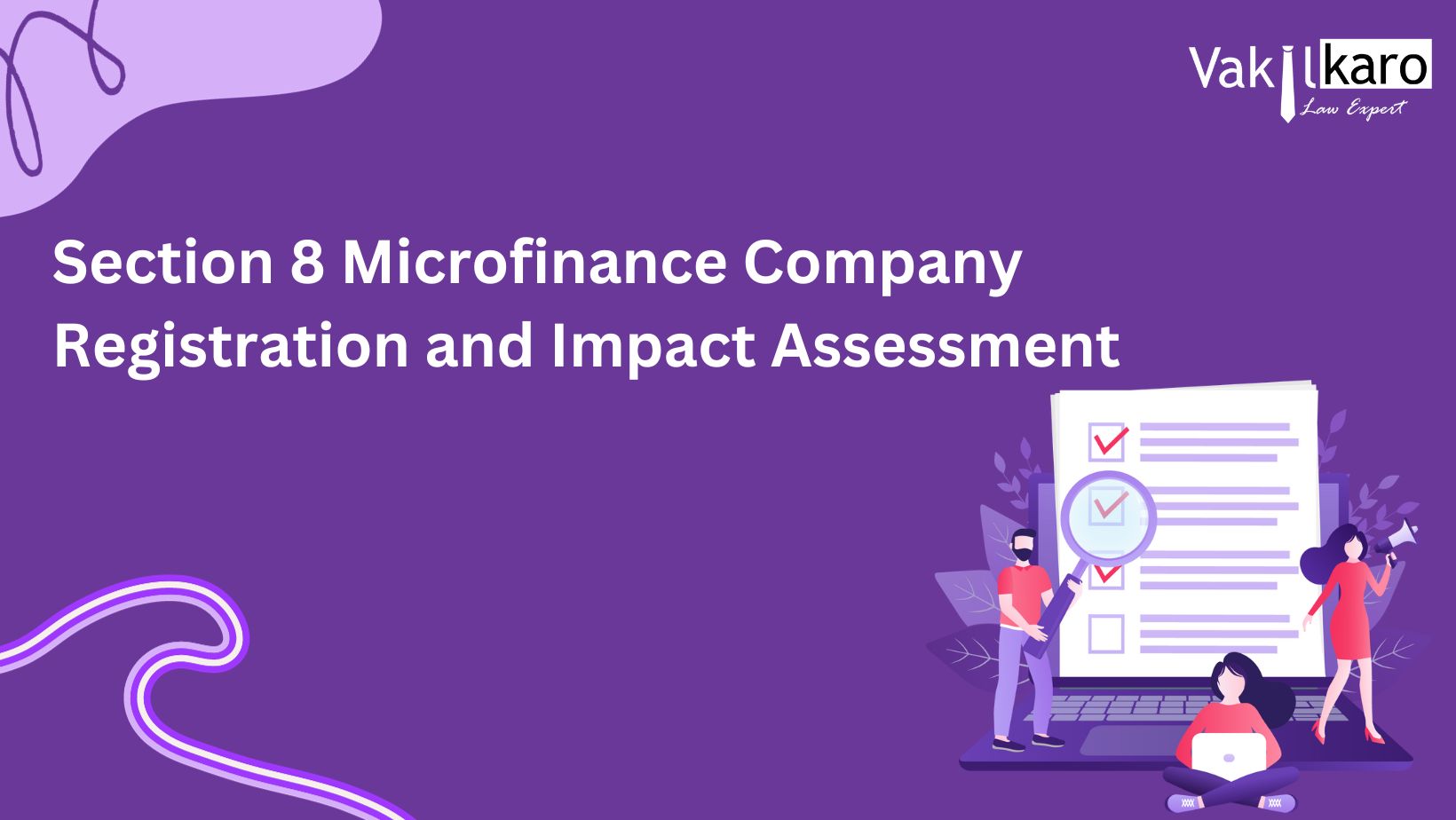







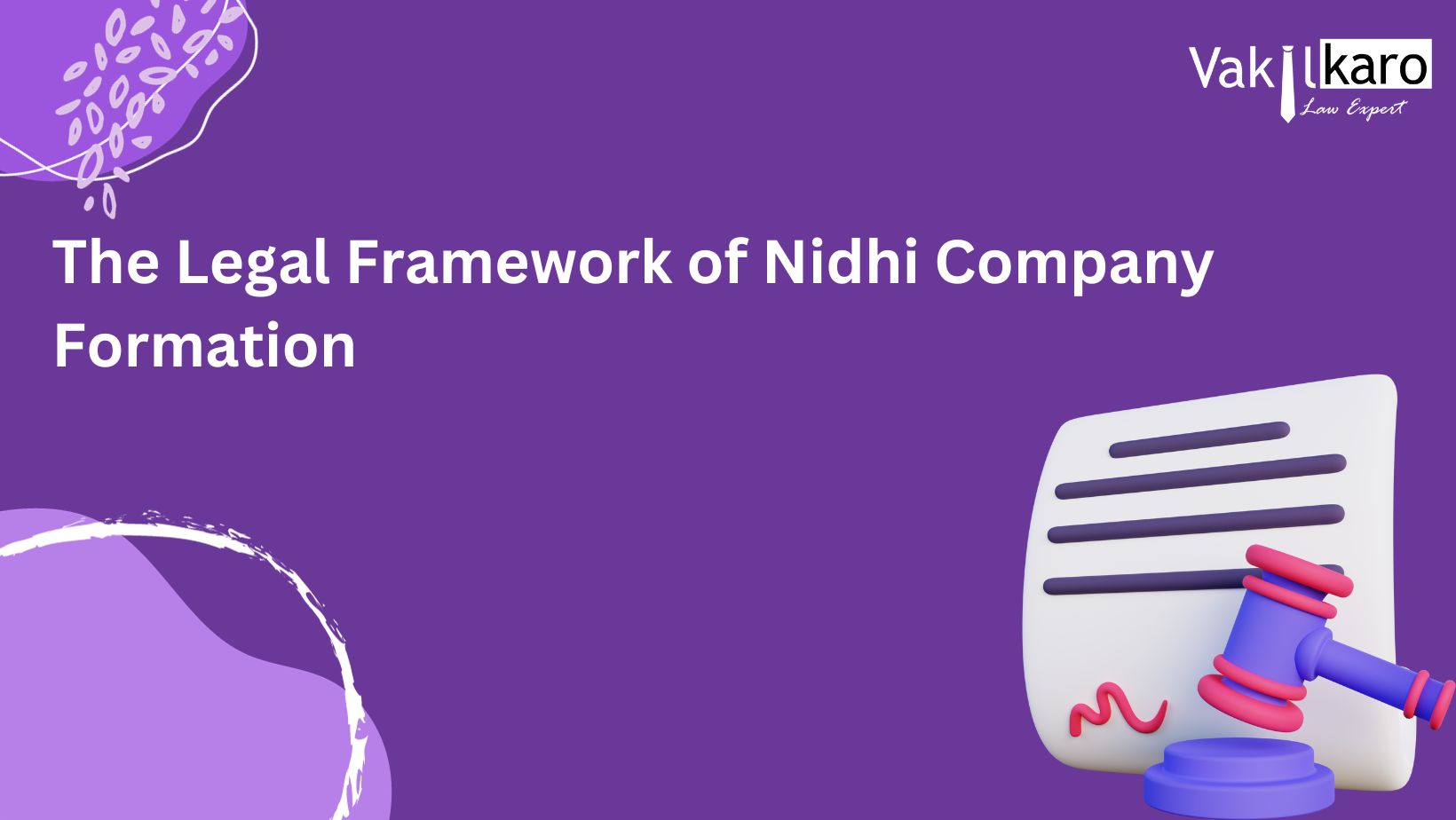










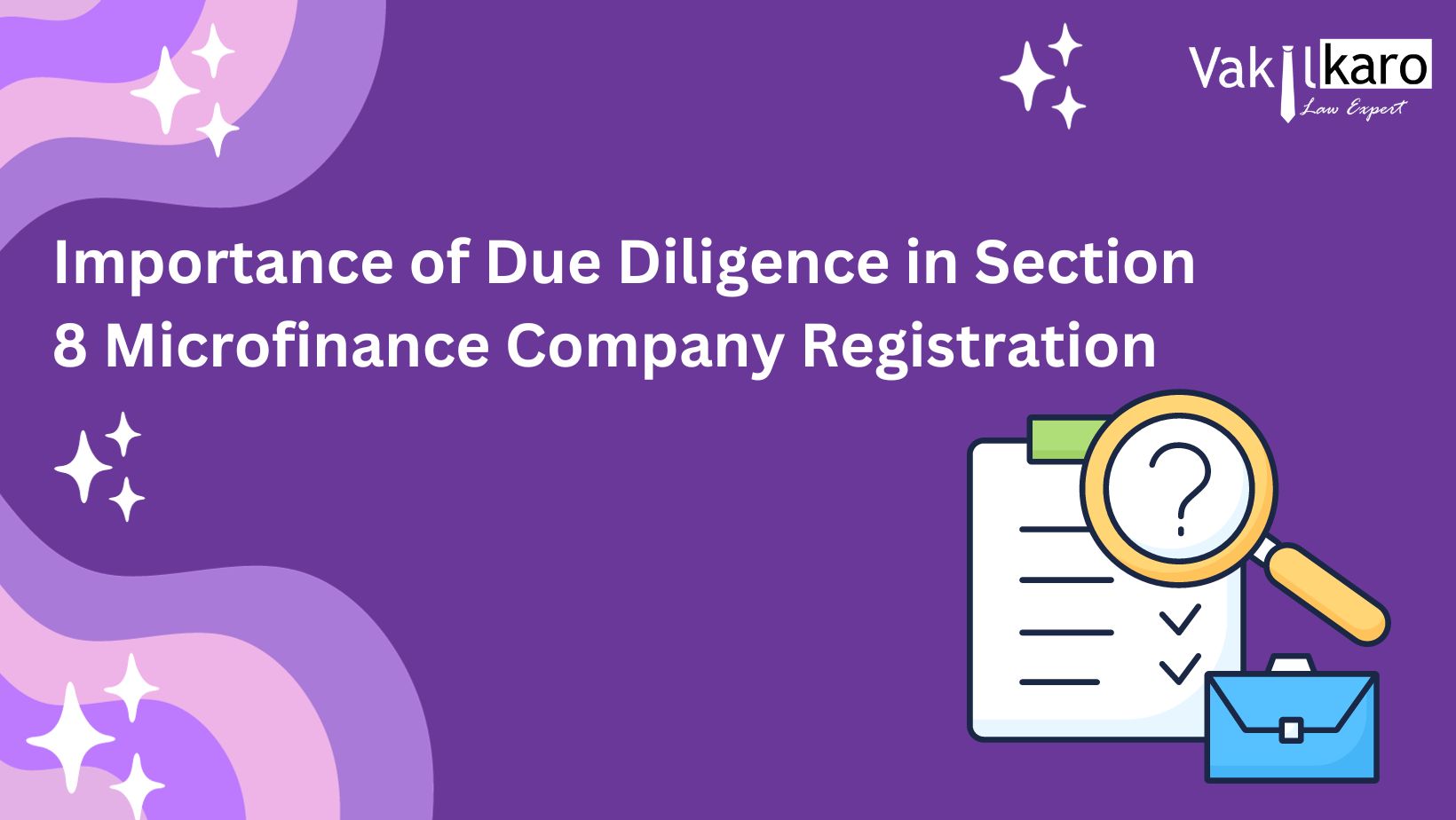














.jpg)



.jpg)


.jpg)
.jpg)
.jpg)
.jpg)
.jpg)


.jpg)
.jpg)
.jpg)
.jpg)
.jpg)
.jpg)
.jpg)
.jpg)
.jpg)
.jpg)
.jpg)
.jpg)
.jpg)
.jpg)
.jpg)
.jpg)
-explained-(2).jpg)
.jpg)
.jpg)
.jpg)
.jpg)
.jpg)
.jpg)
.jpg)
.jpg)
.jpg)
.jpg)





























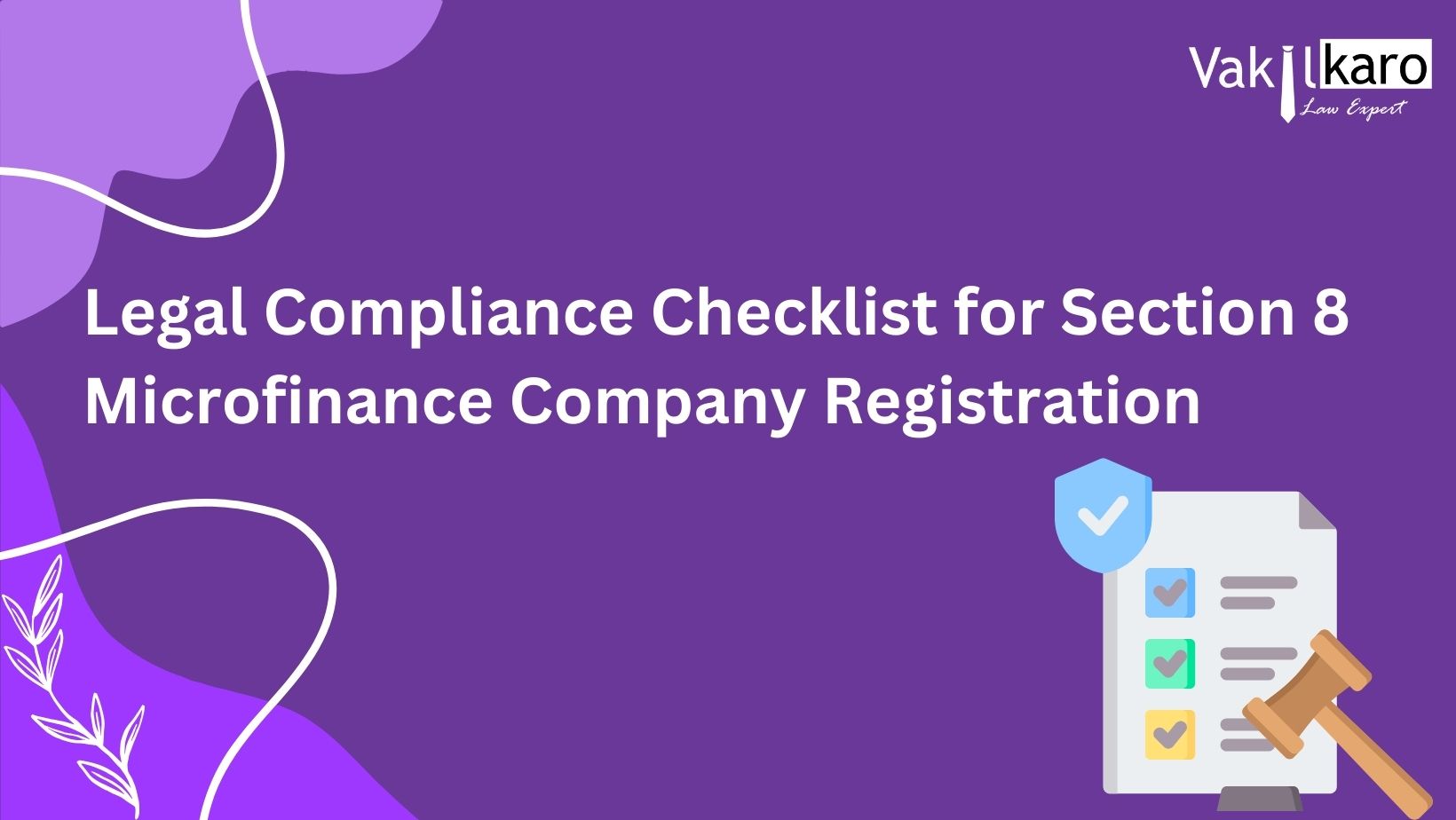








.jpg)









-and-itr-filing.jpg)




















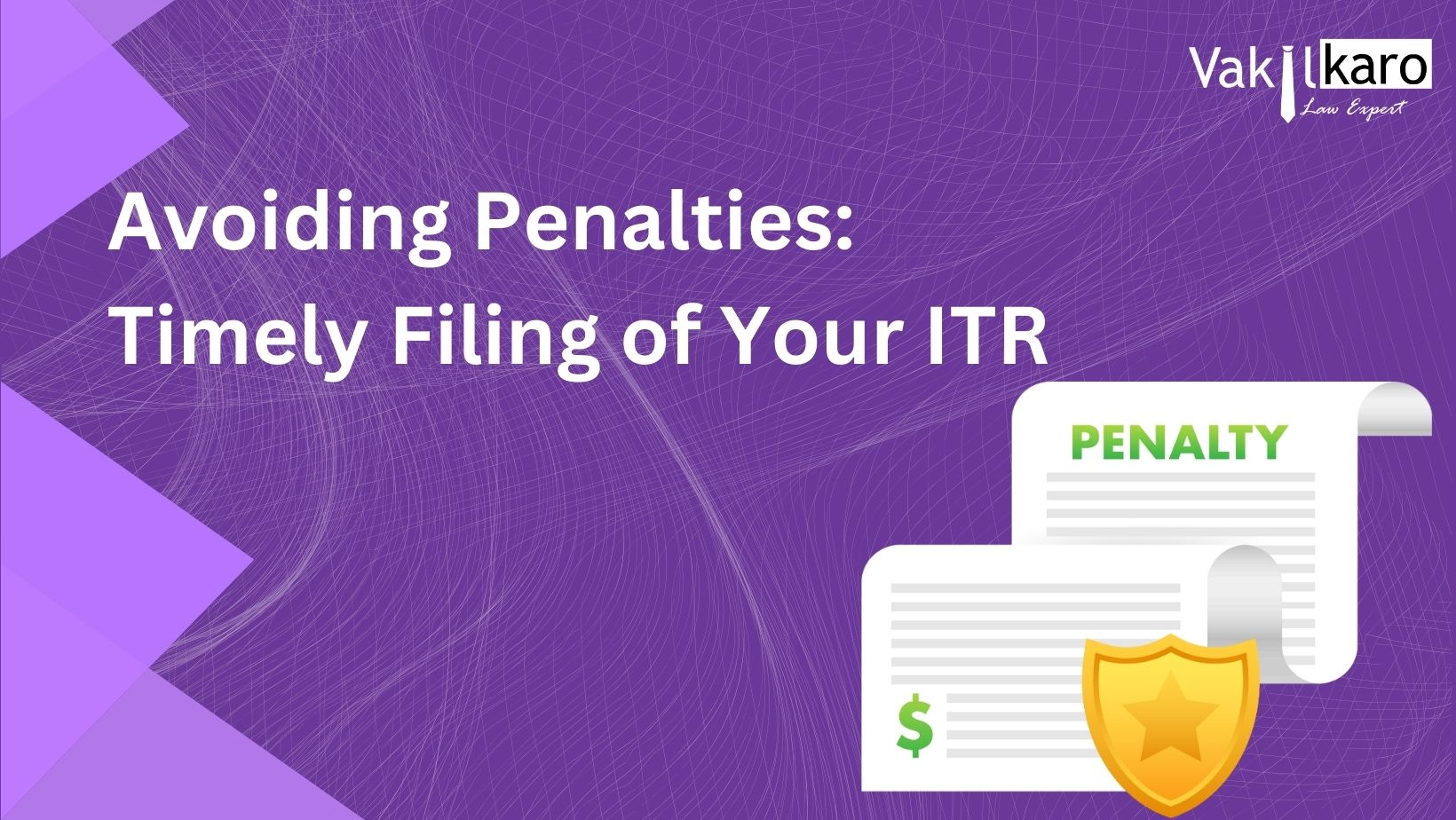


-and-itr-filing.jpg)
.jpg)







.jpg)







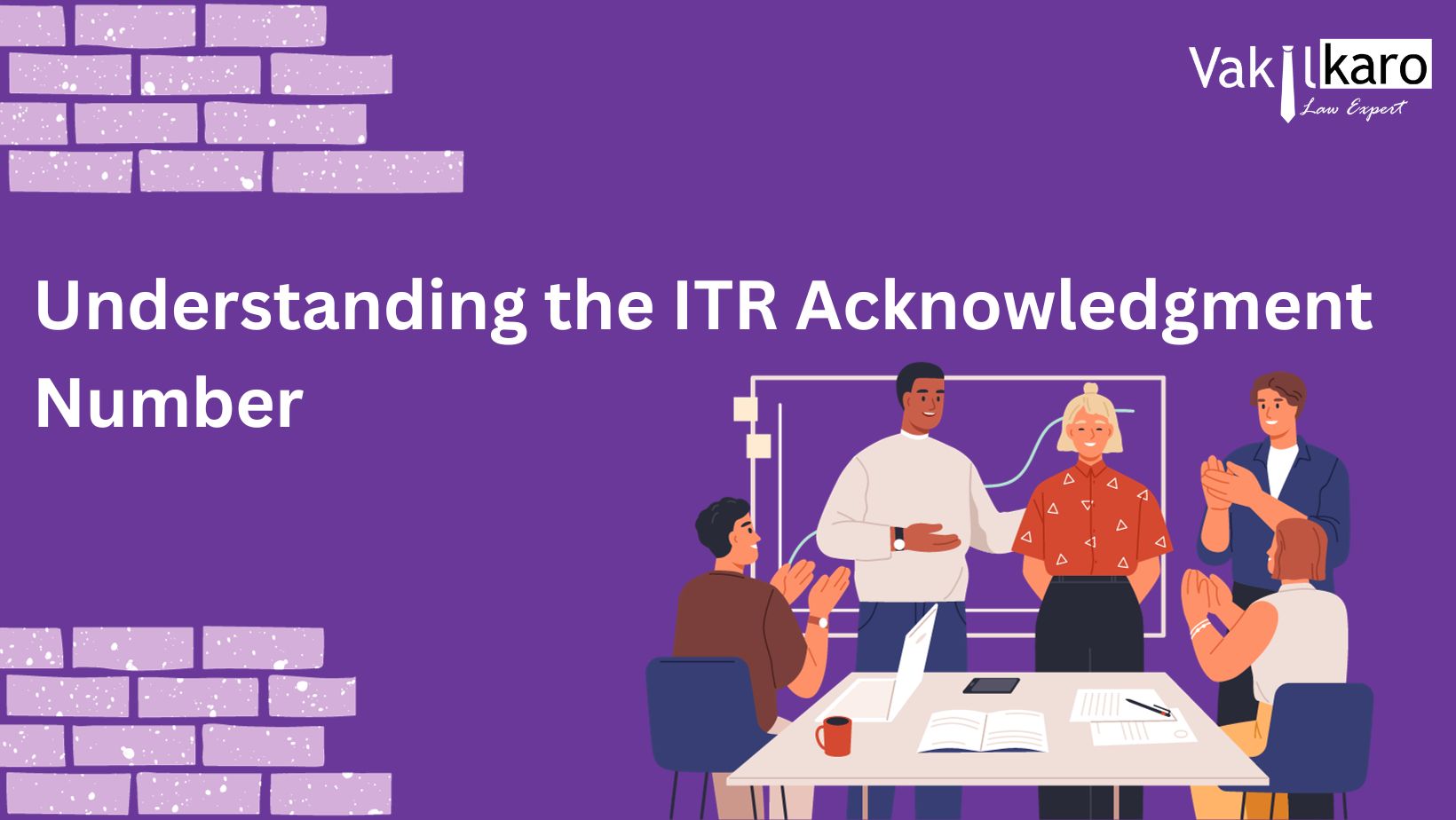








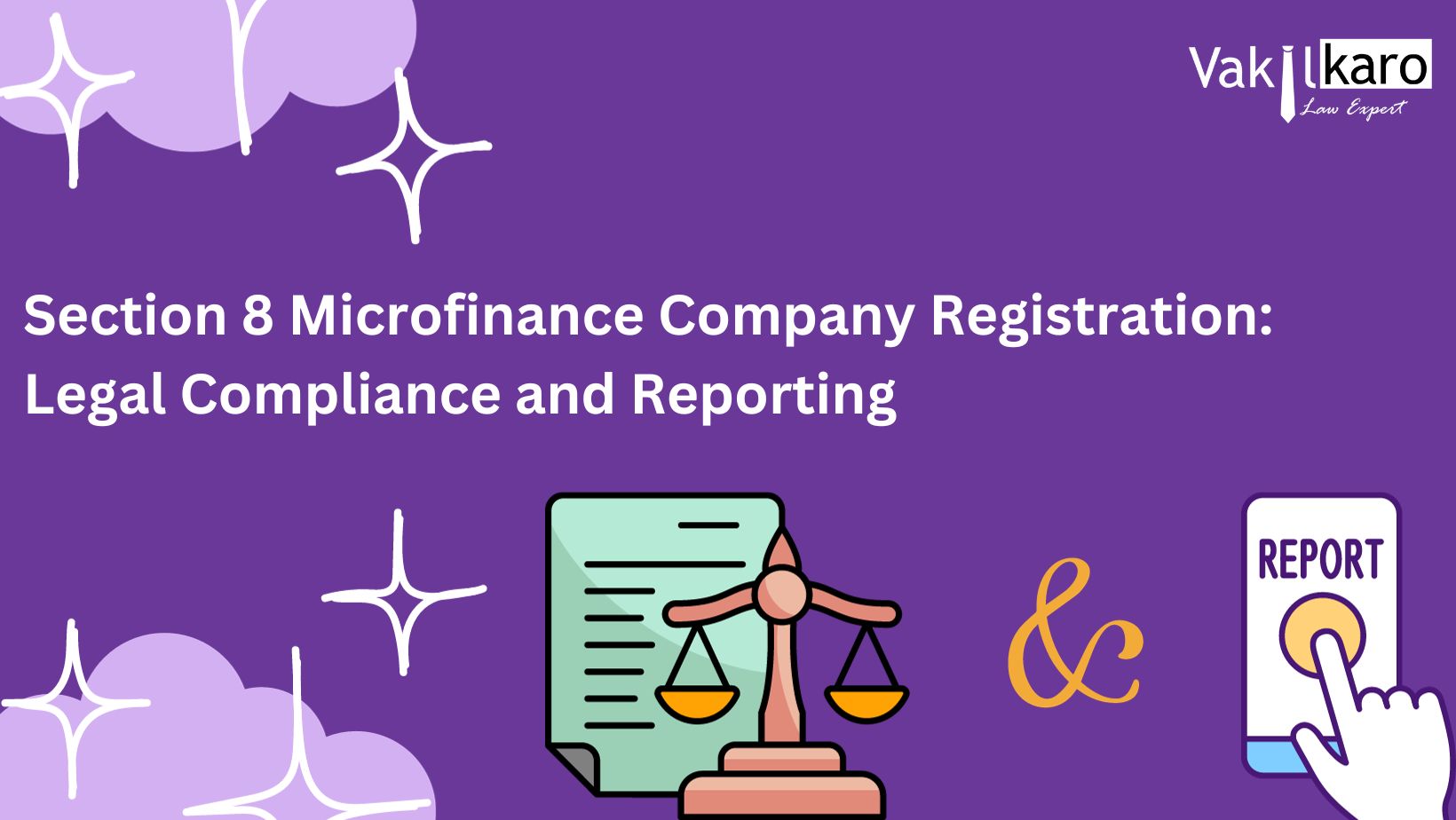


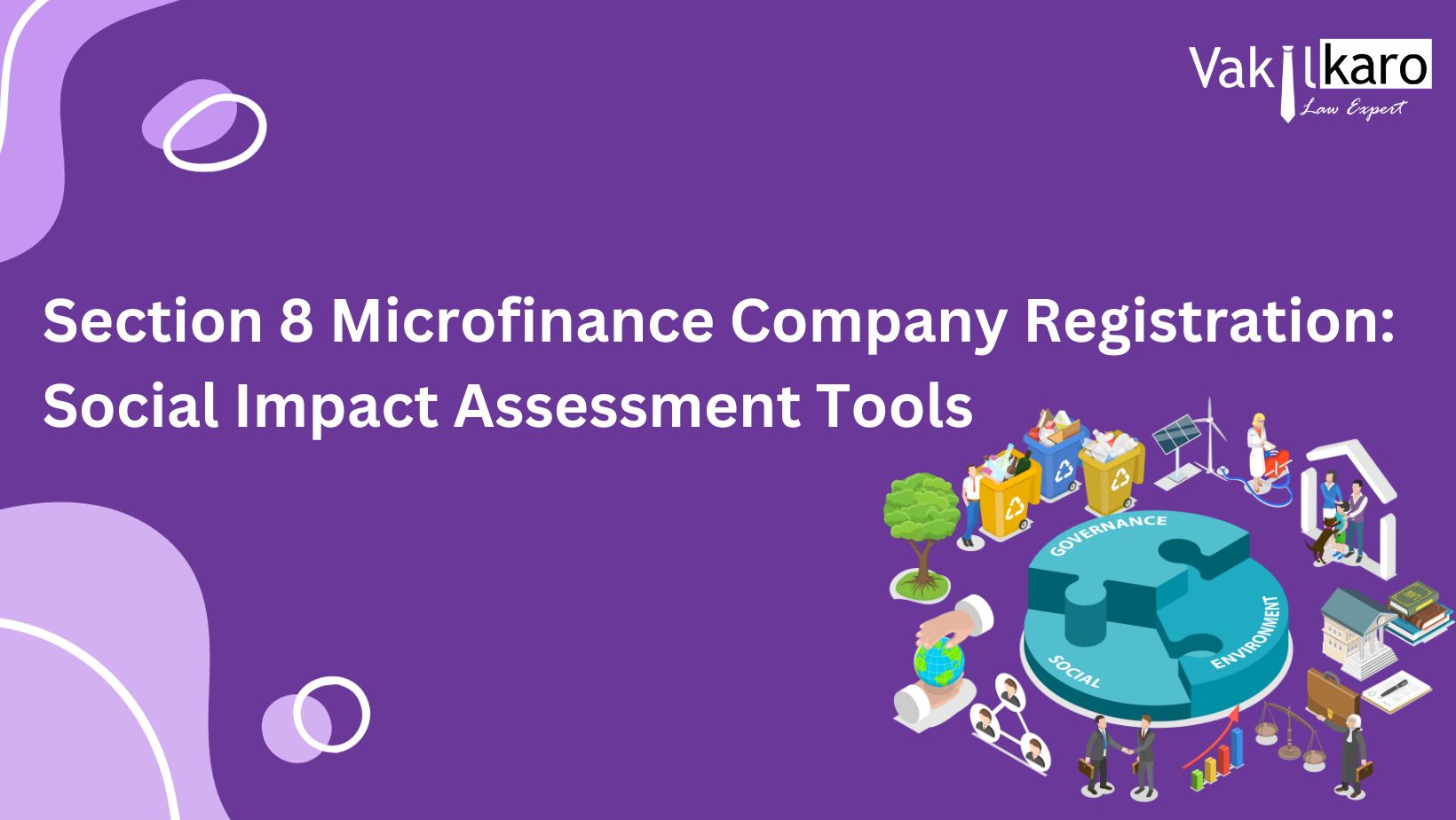













-staying-compliant.jpg)






















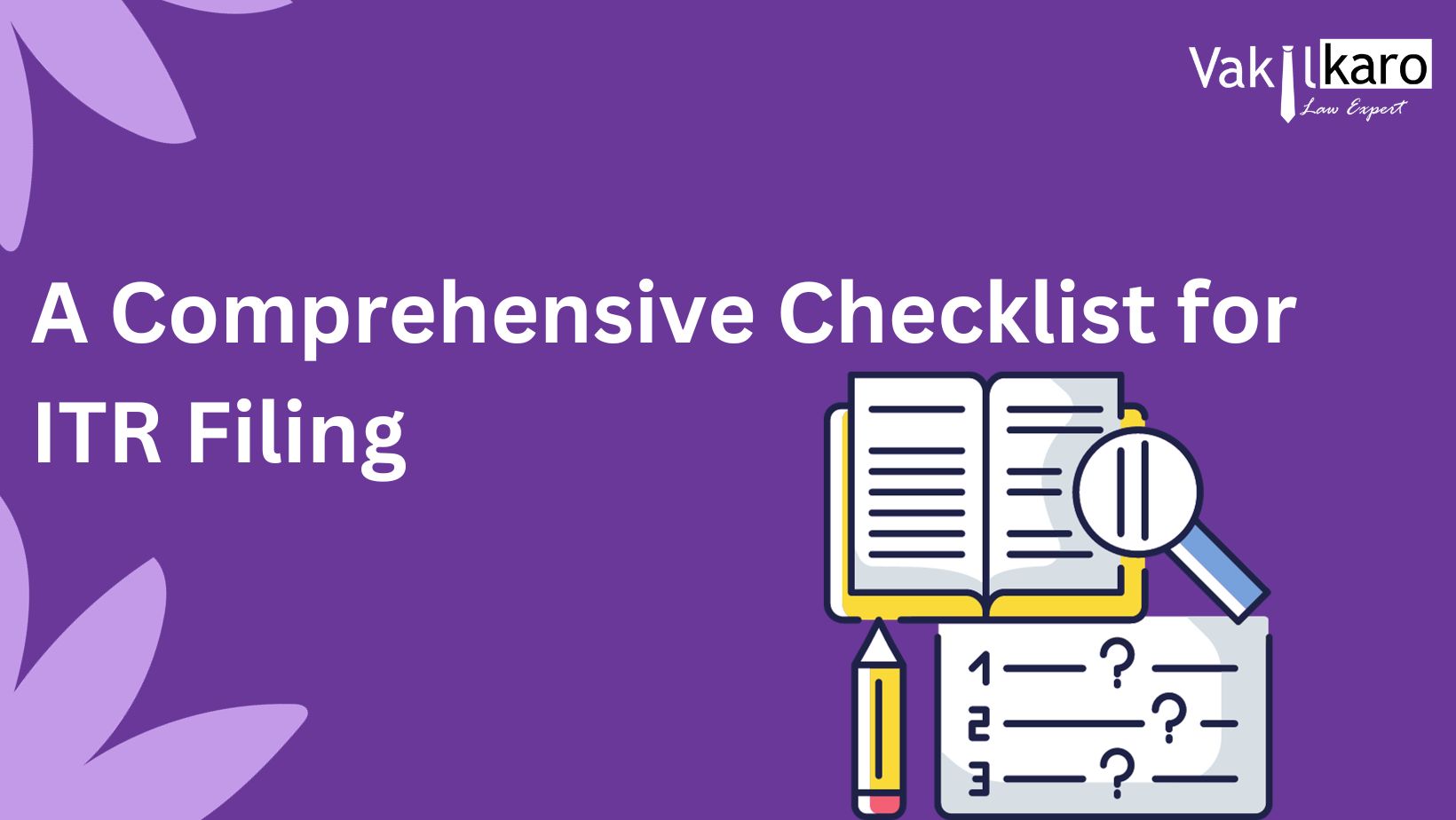





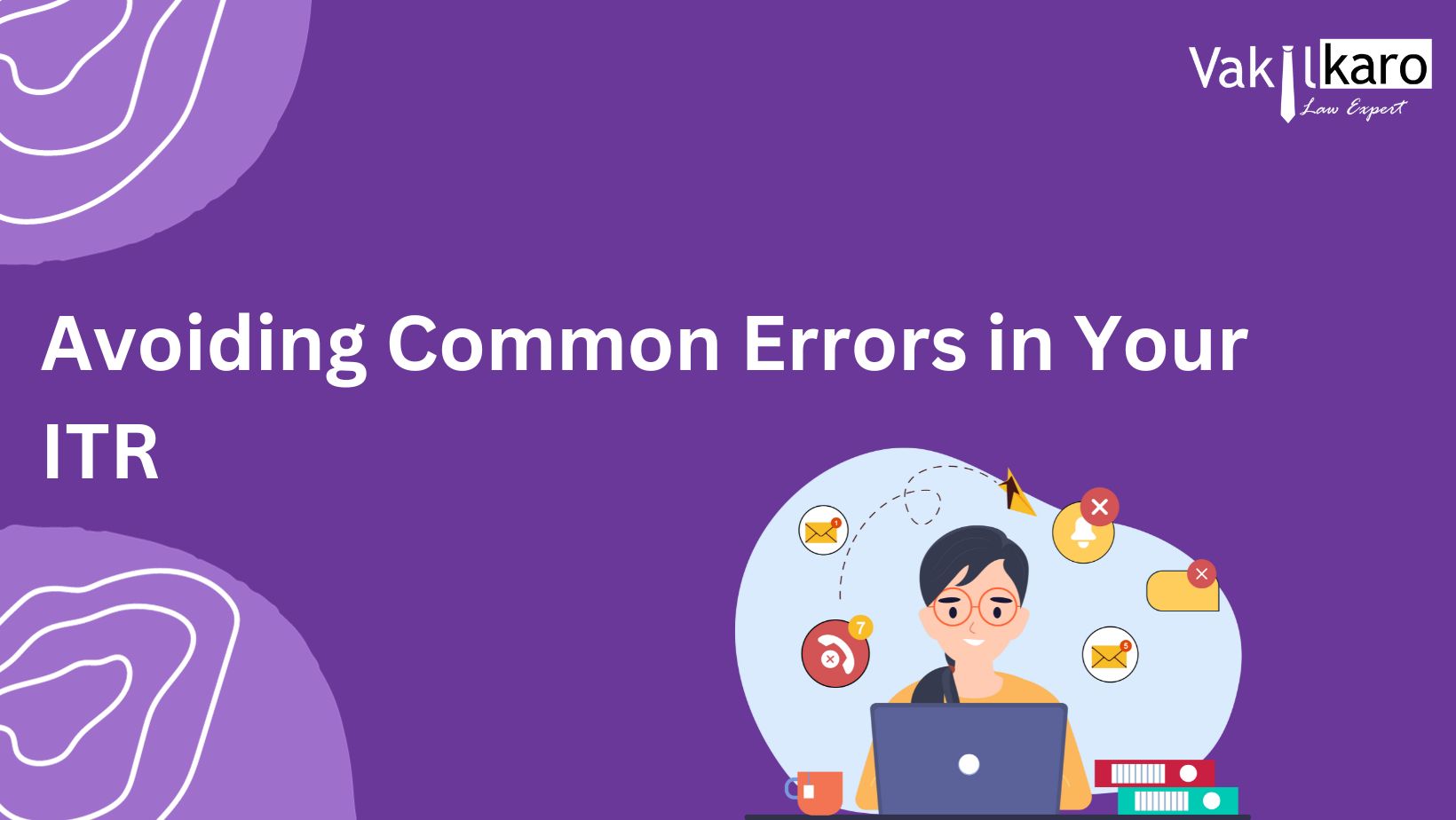





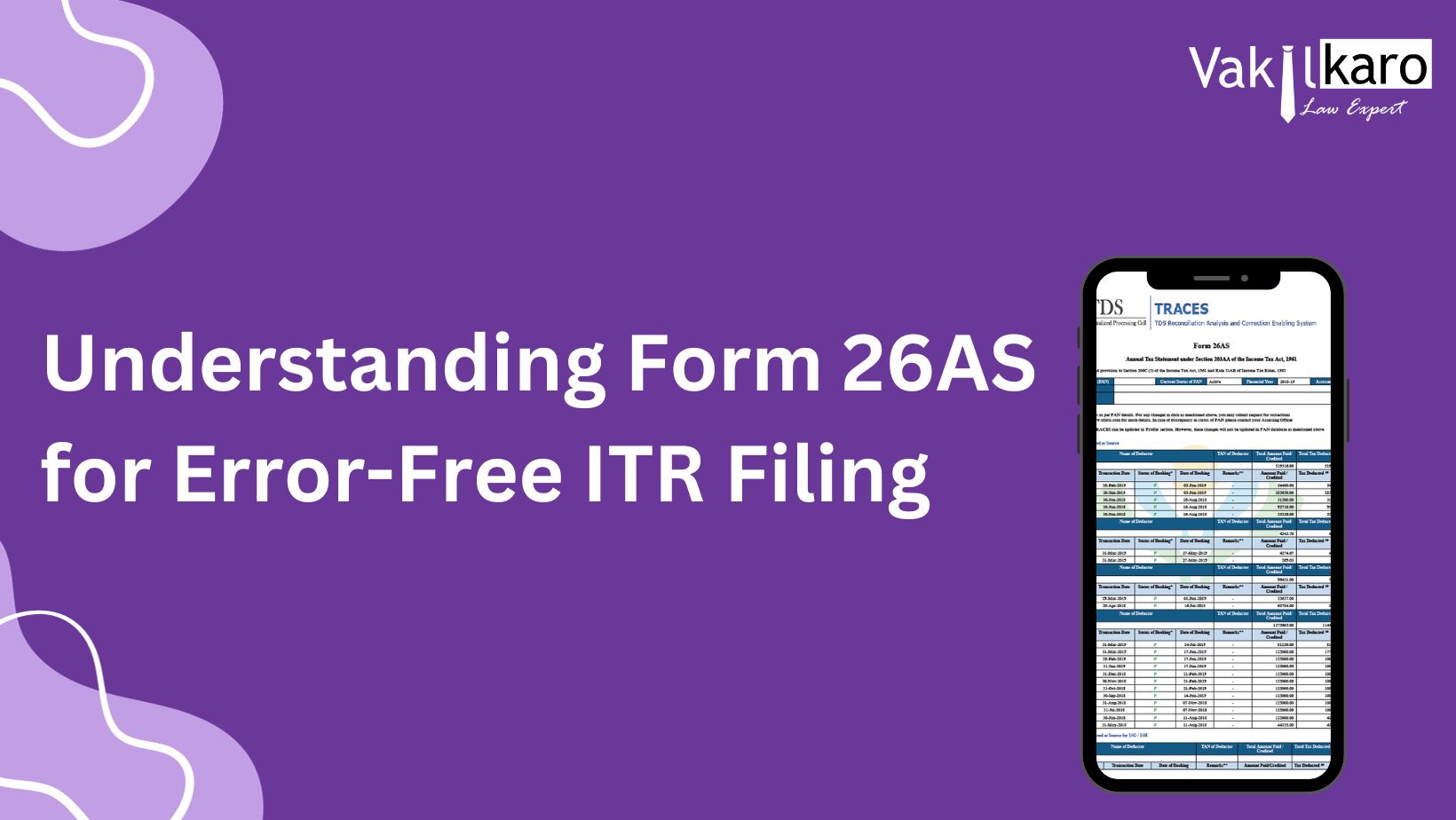


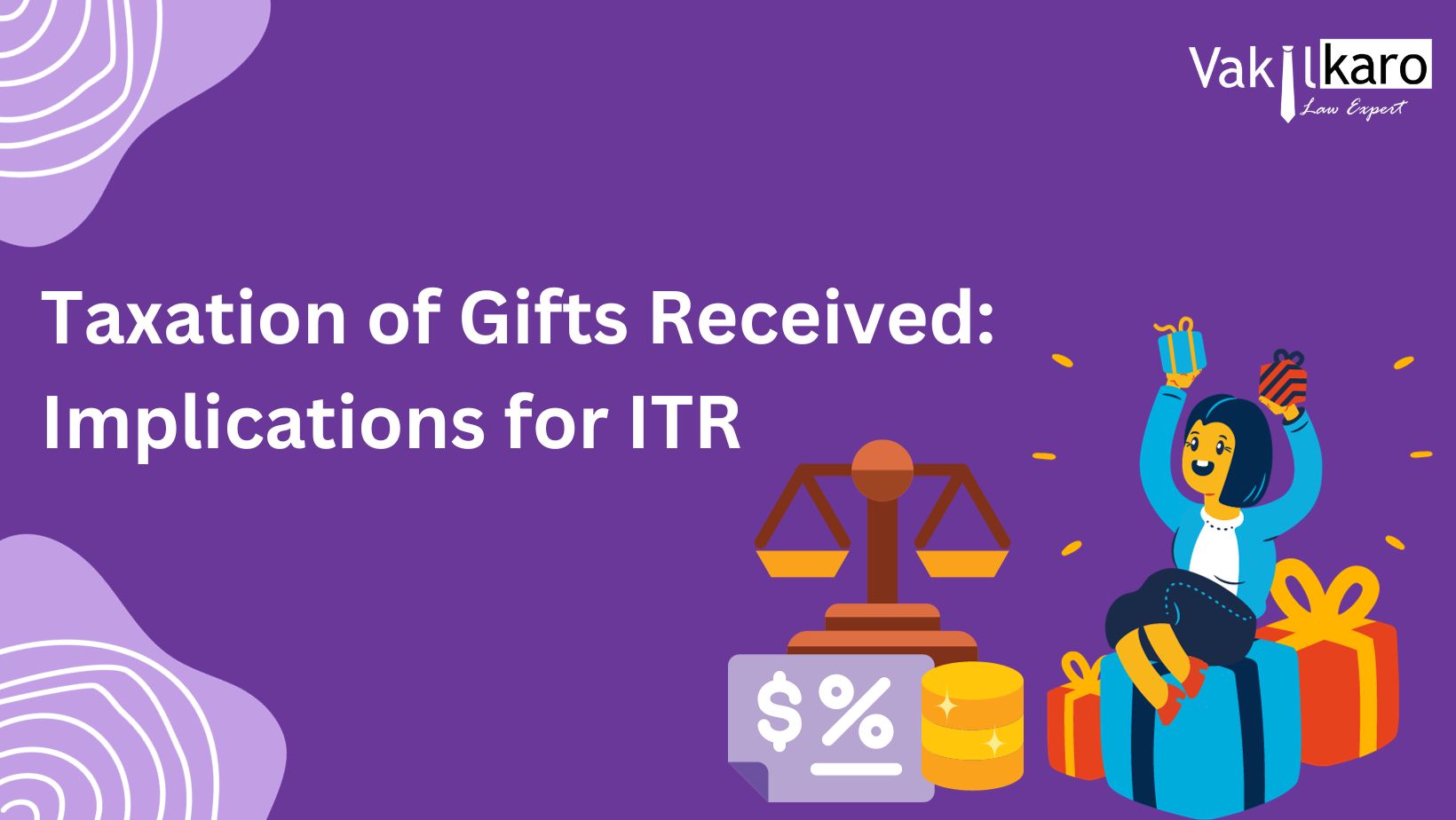












 +91 9828123489
+91 9828123489 help@vakilkaro.co.in
help@vakilkaro.co.in